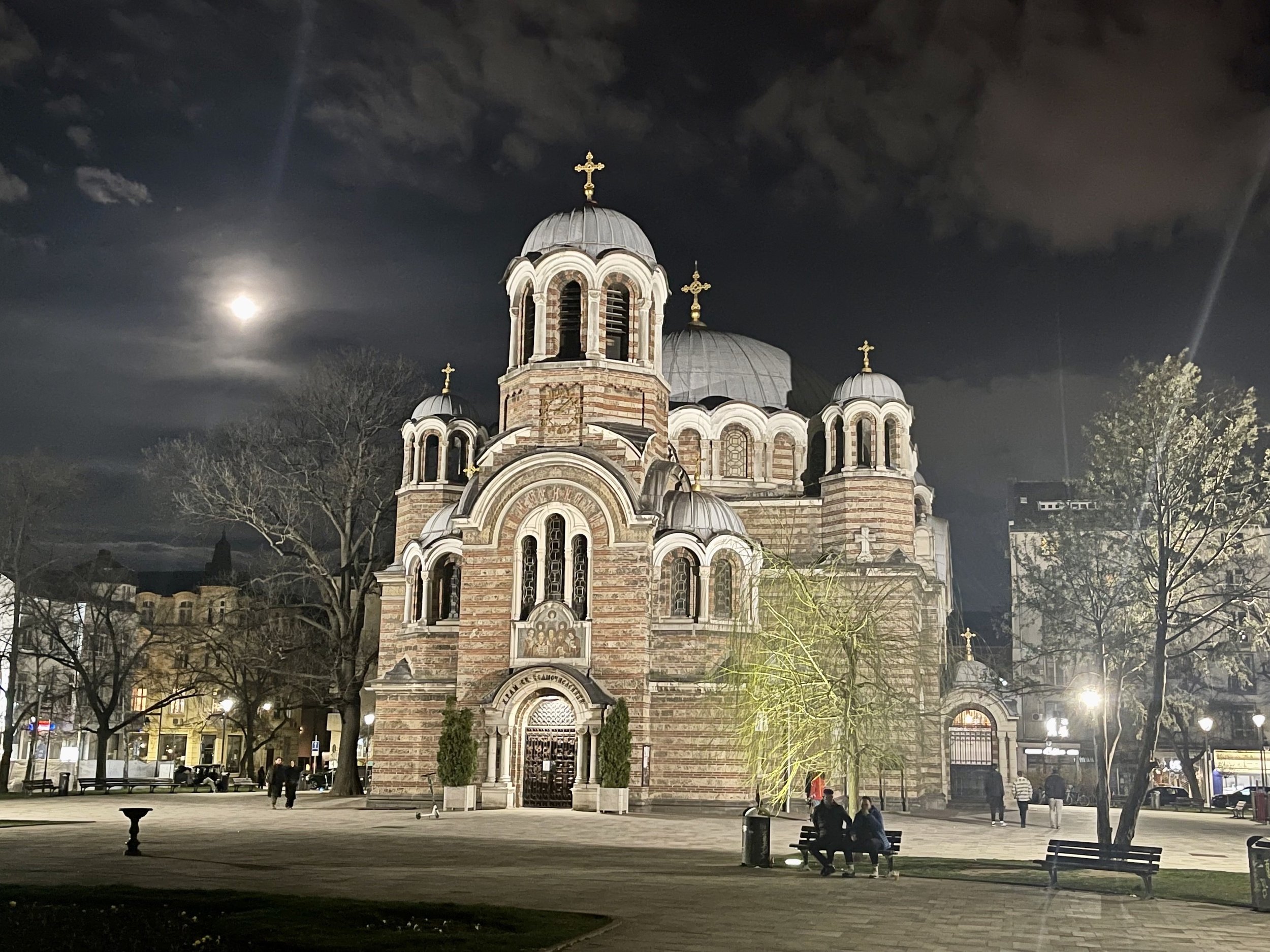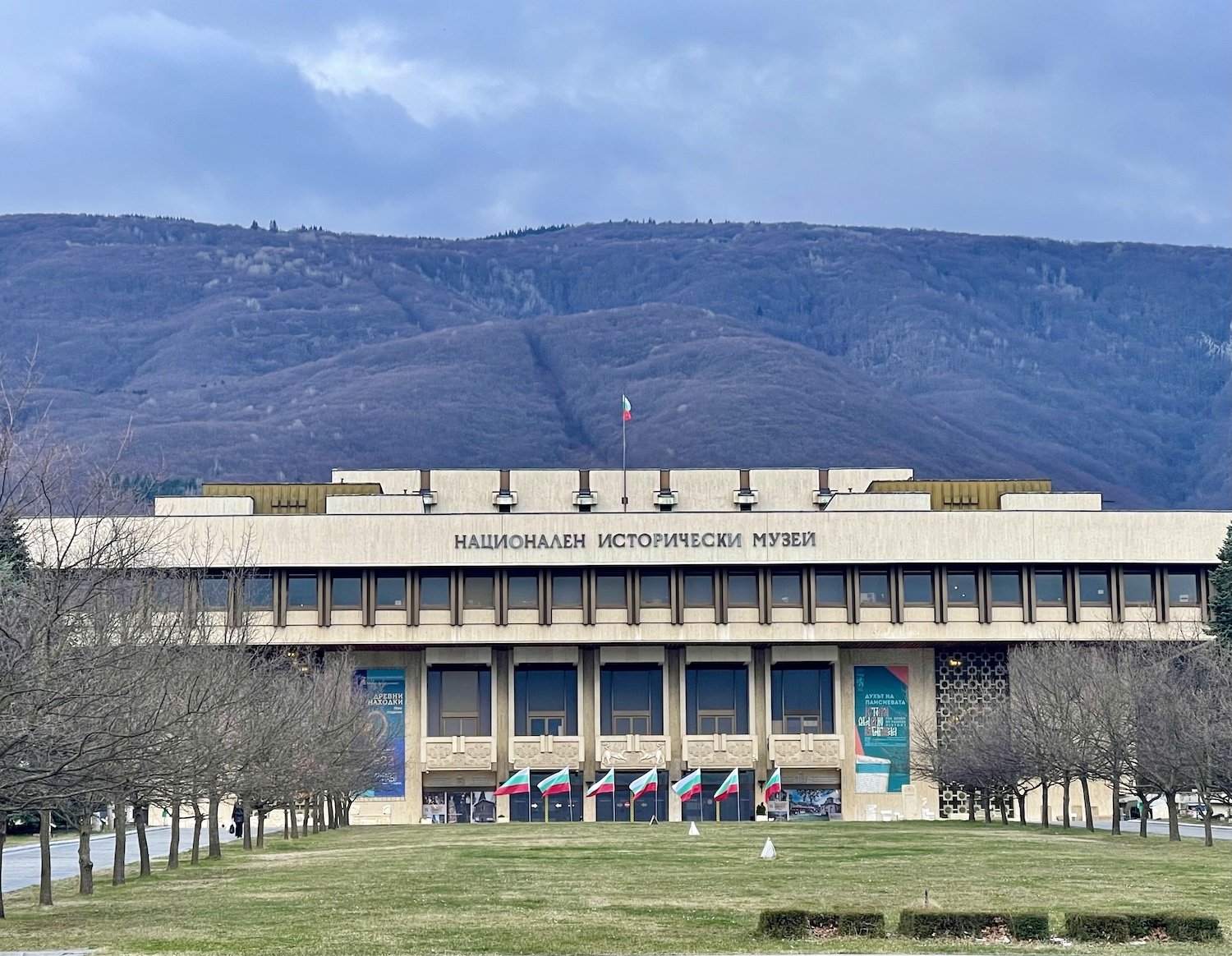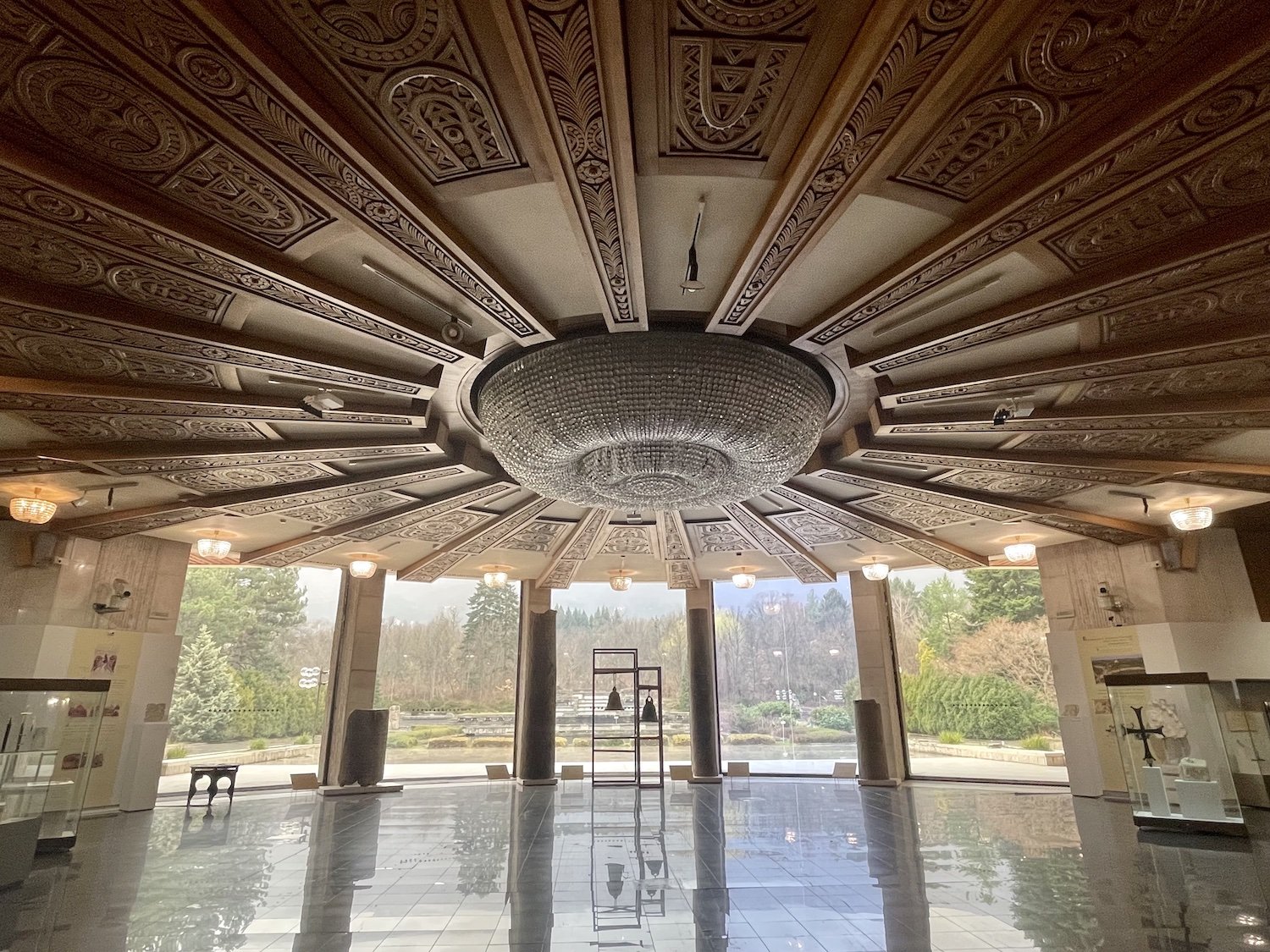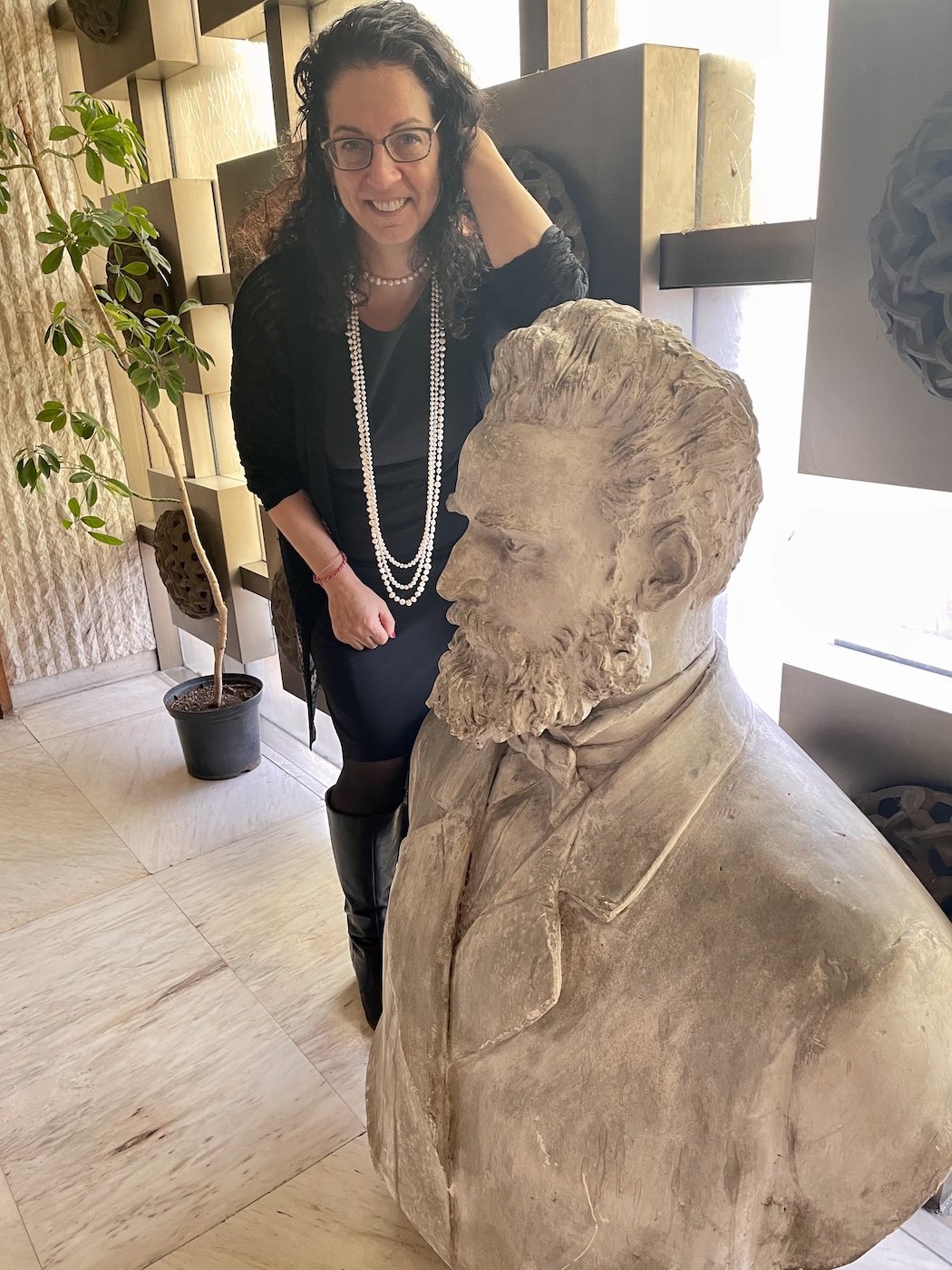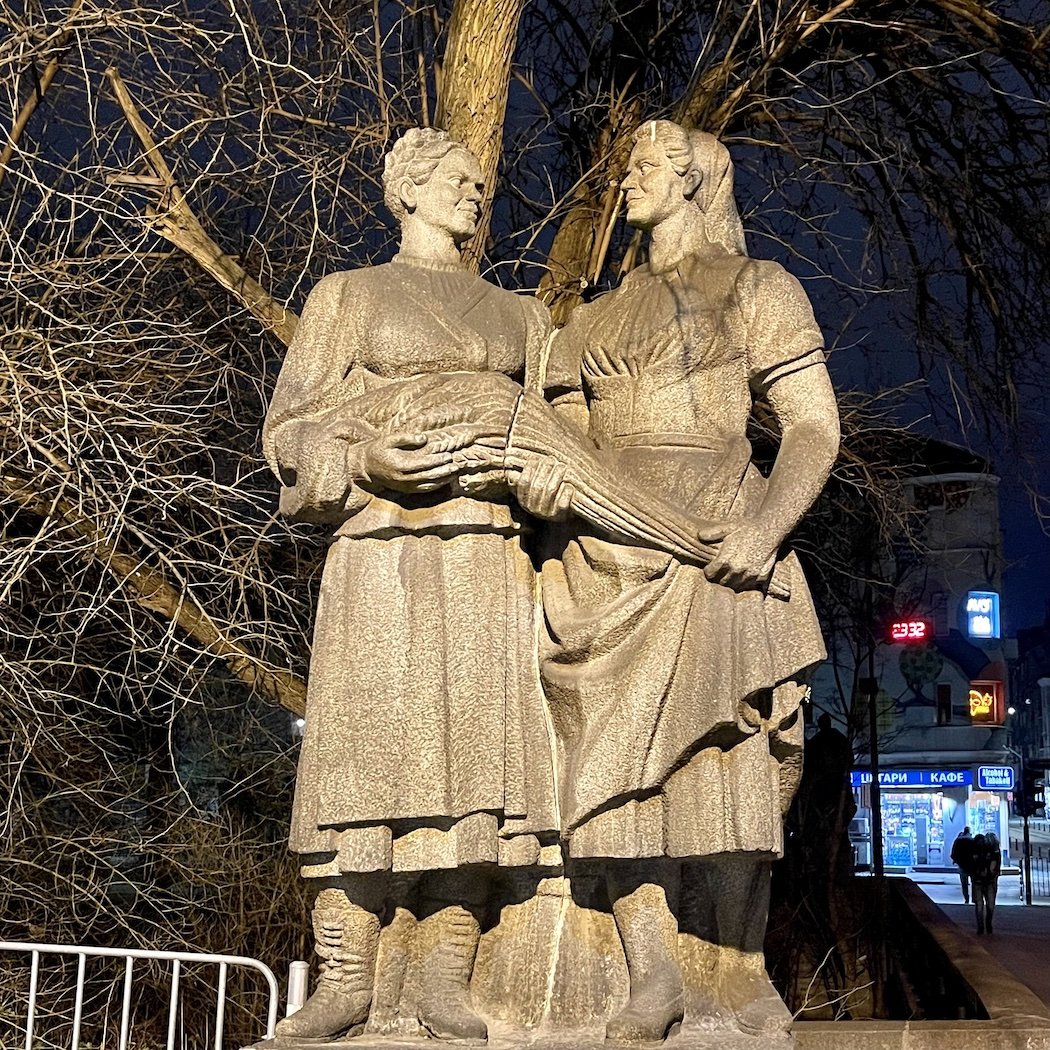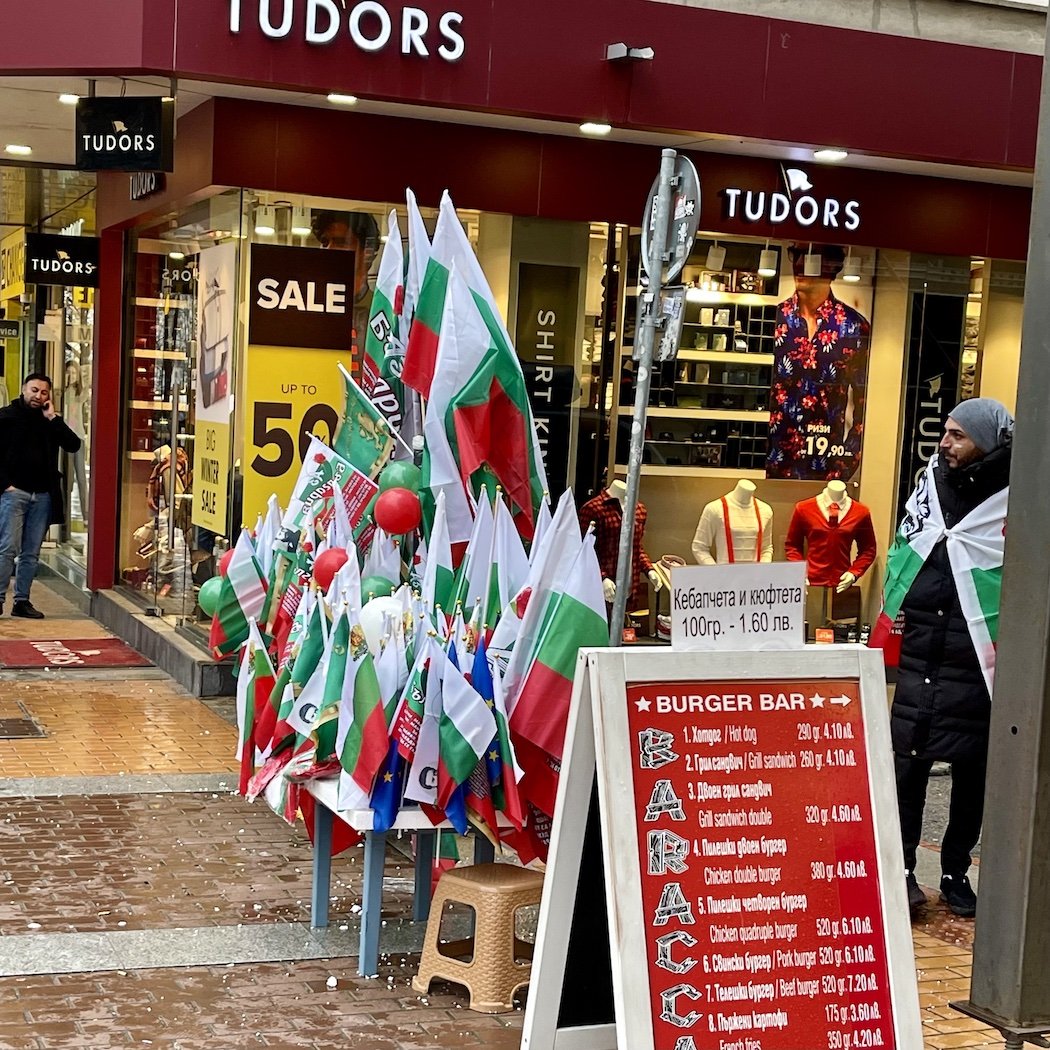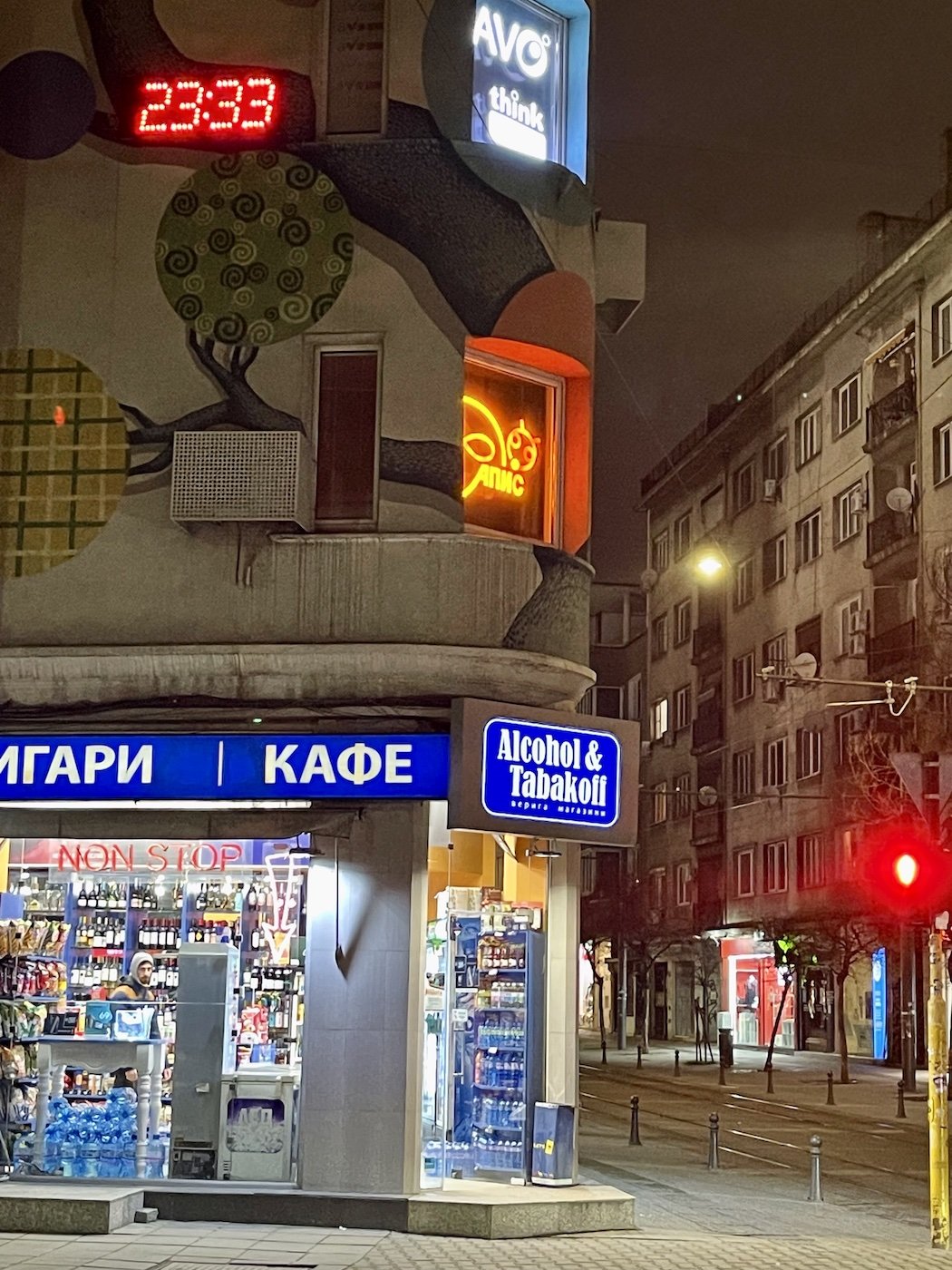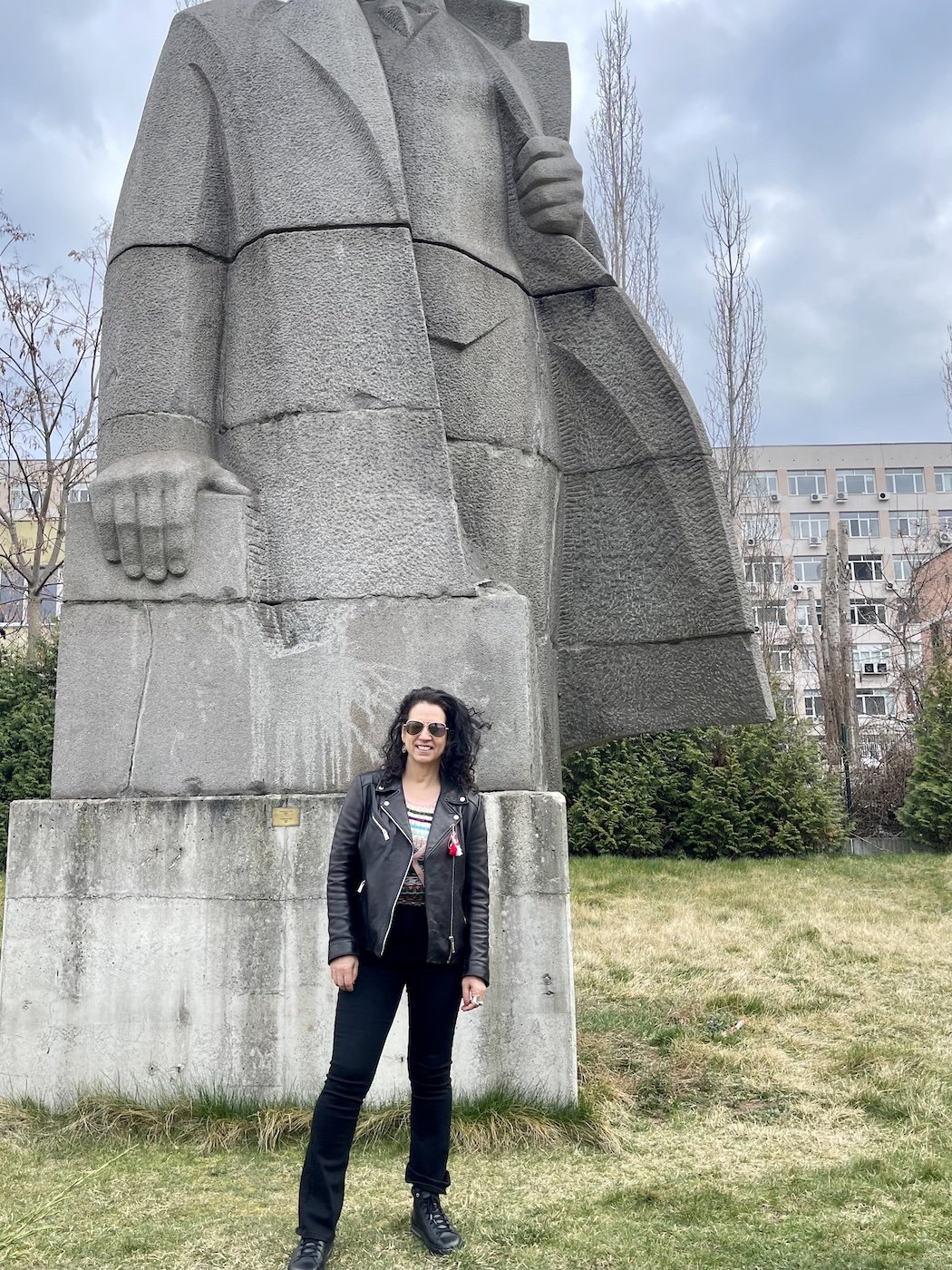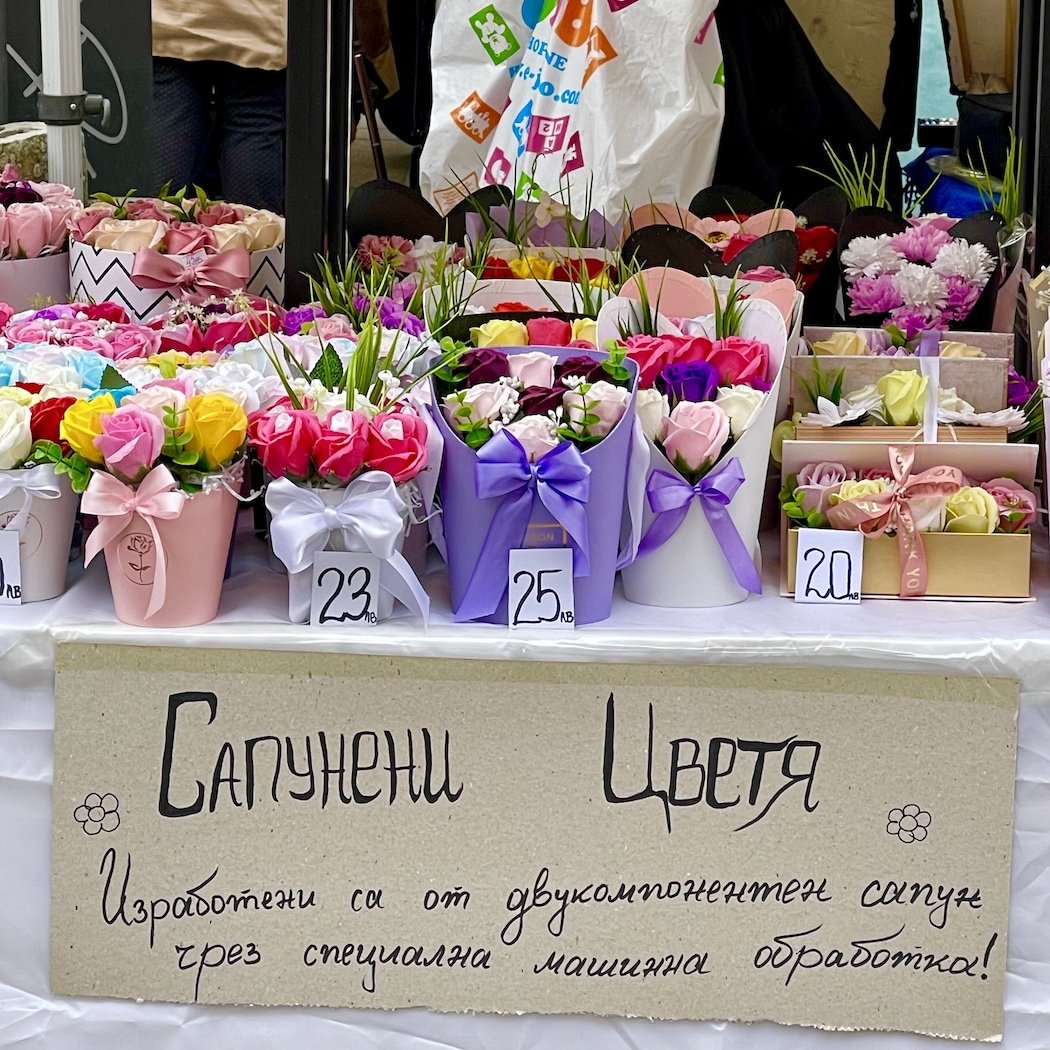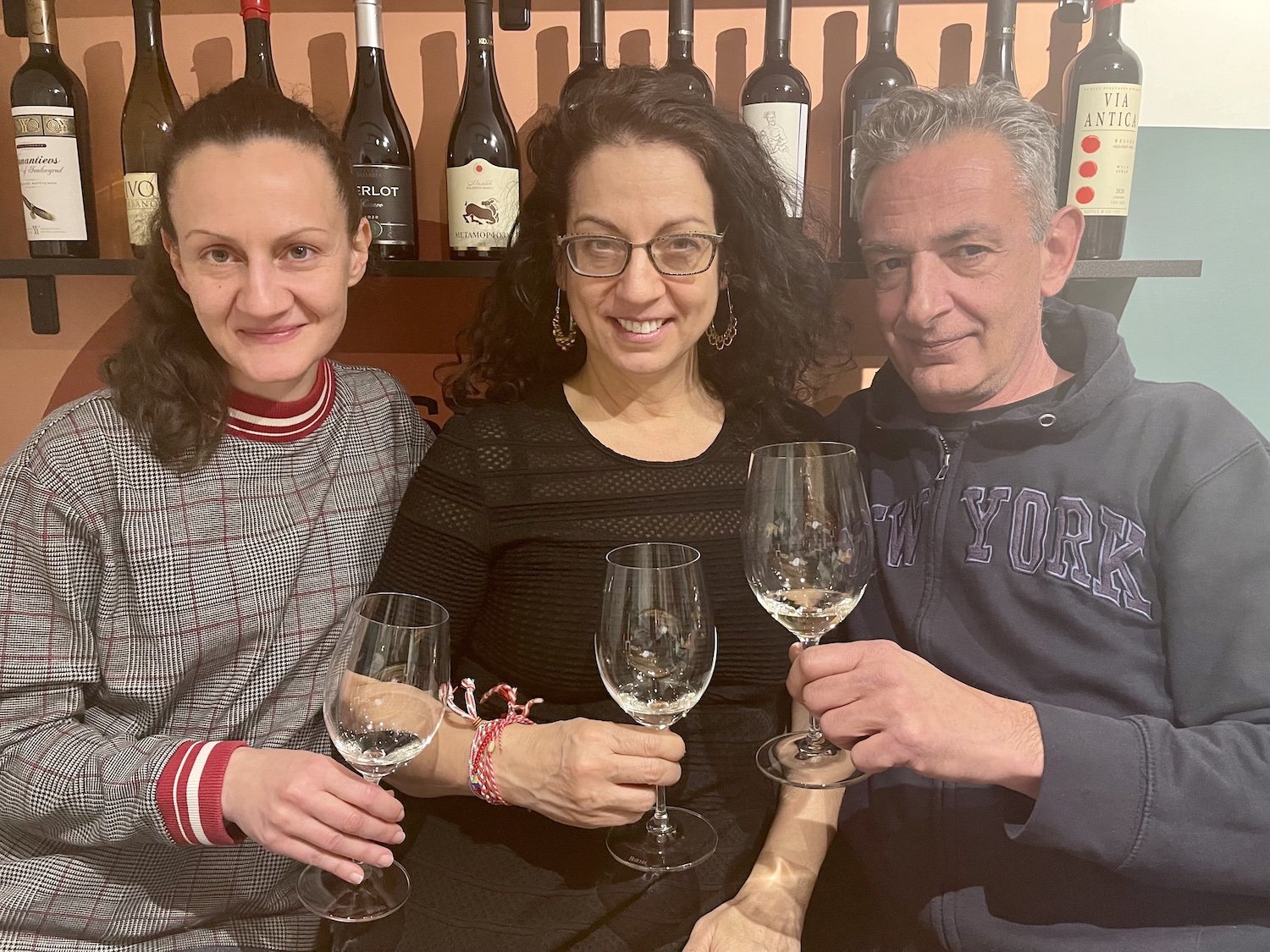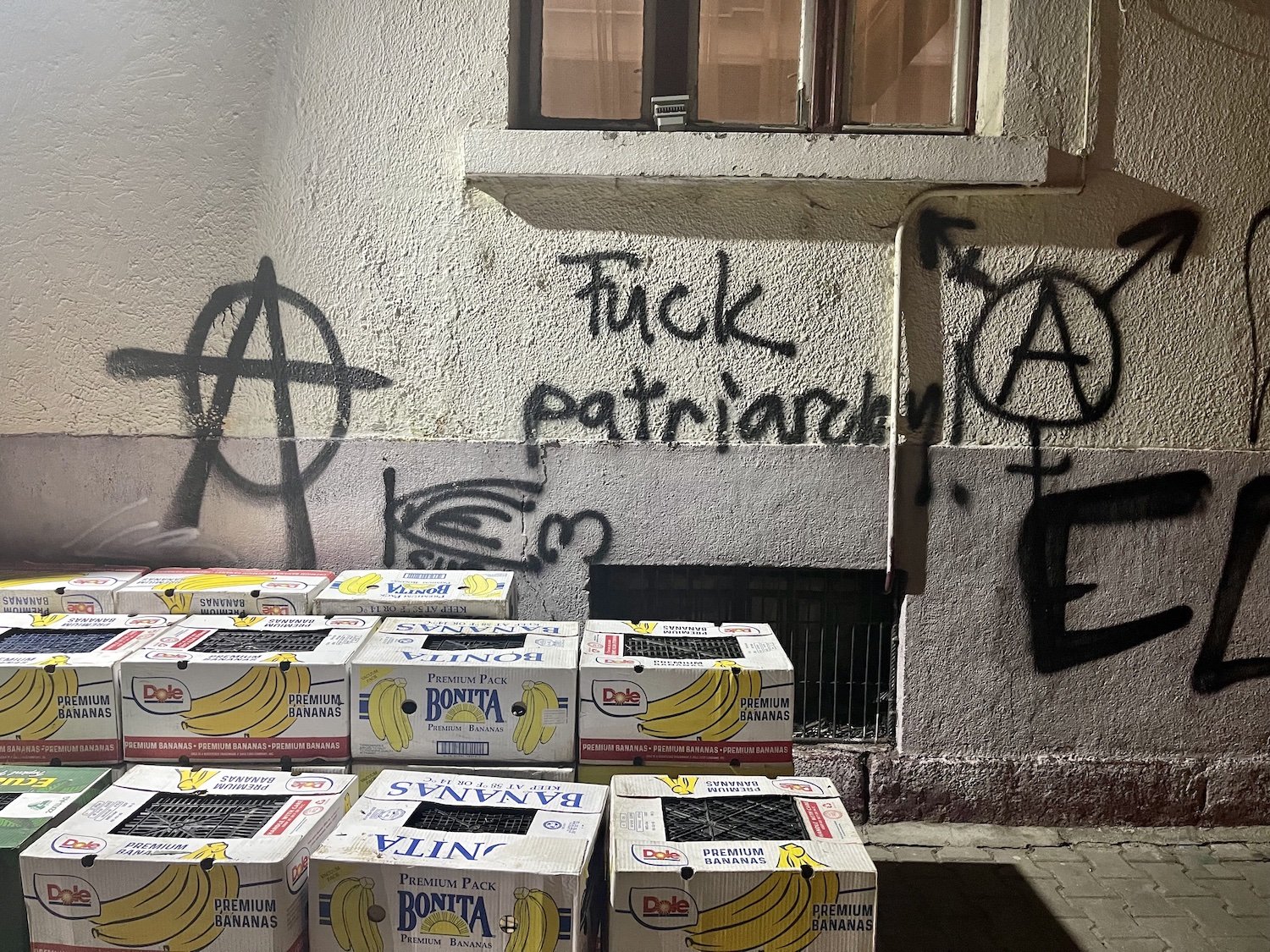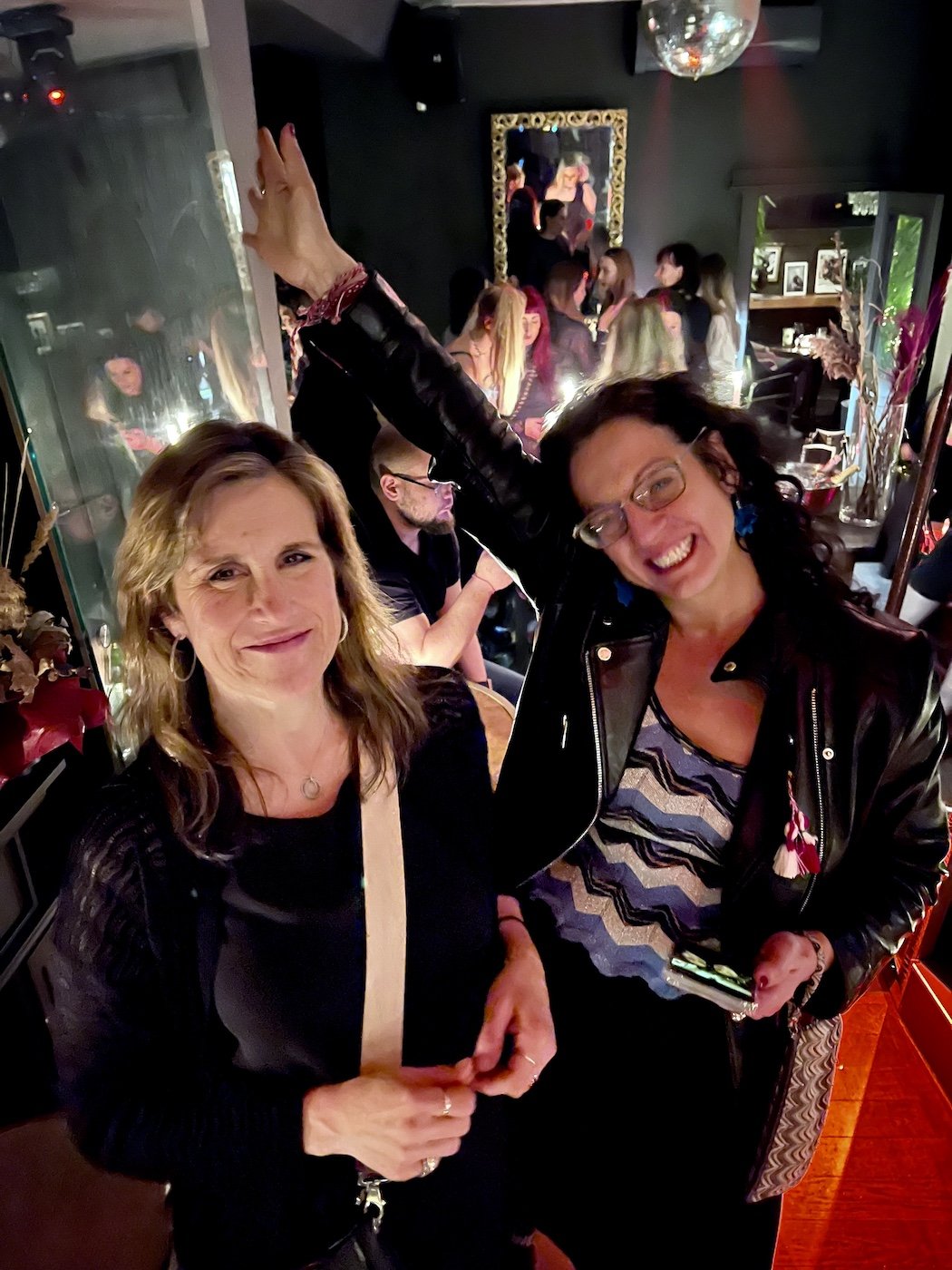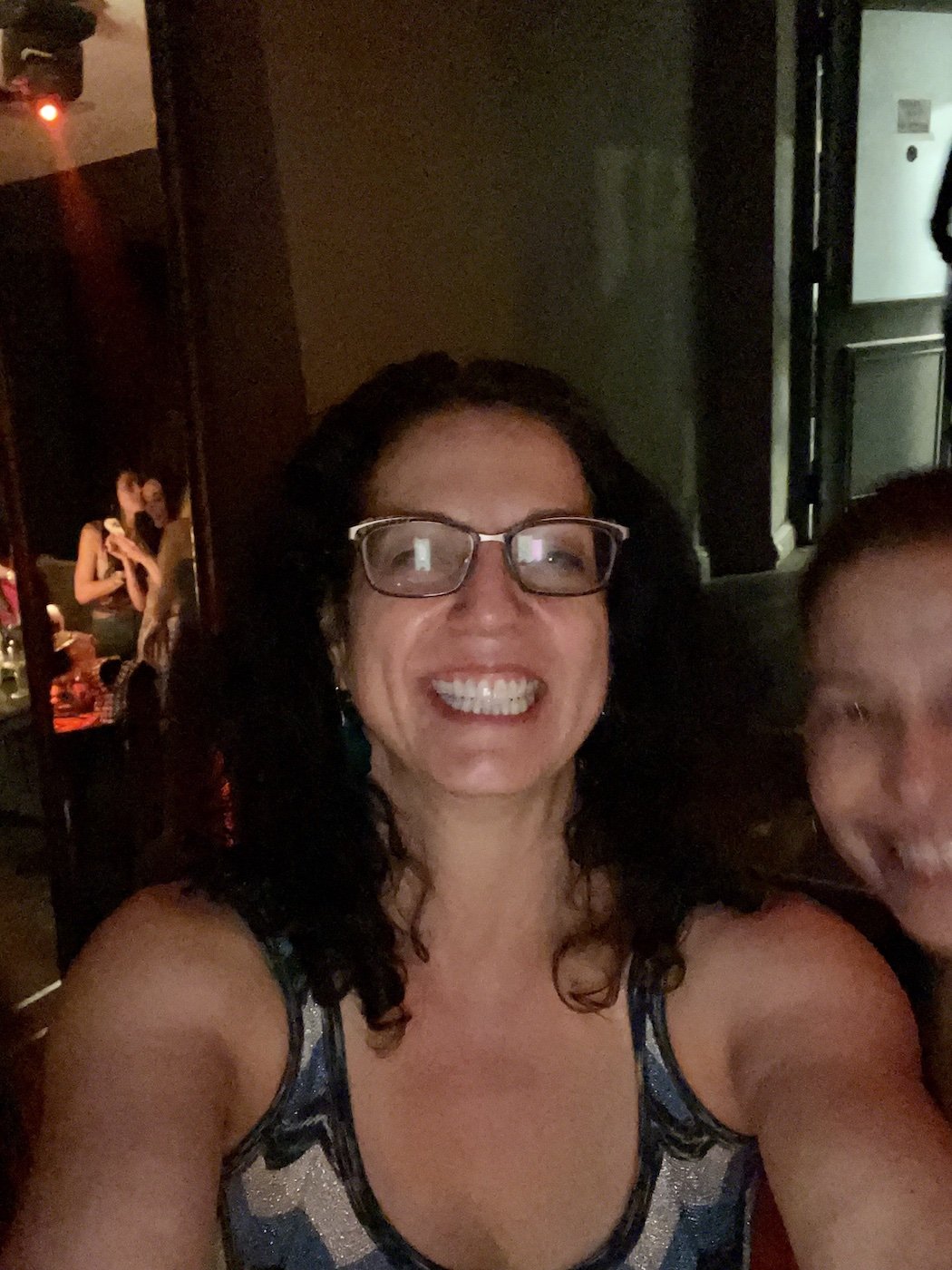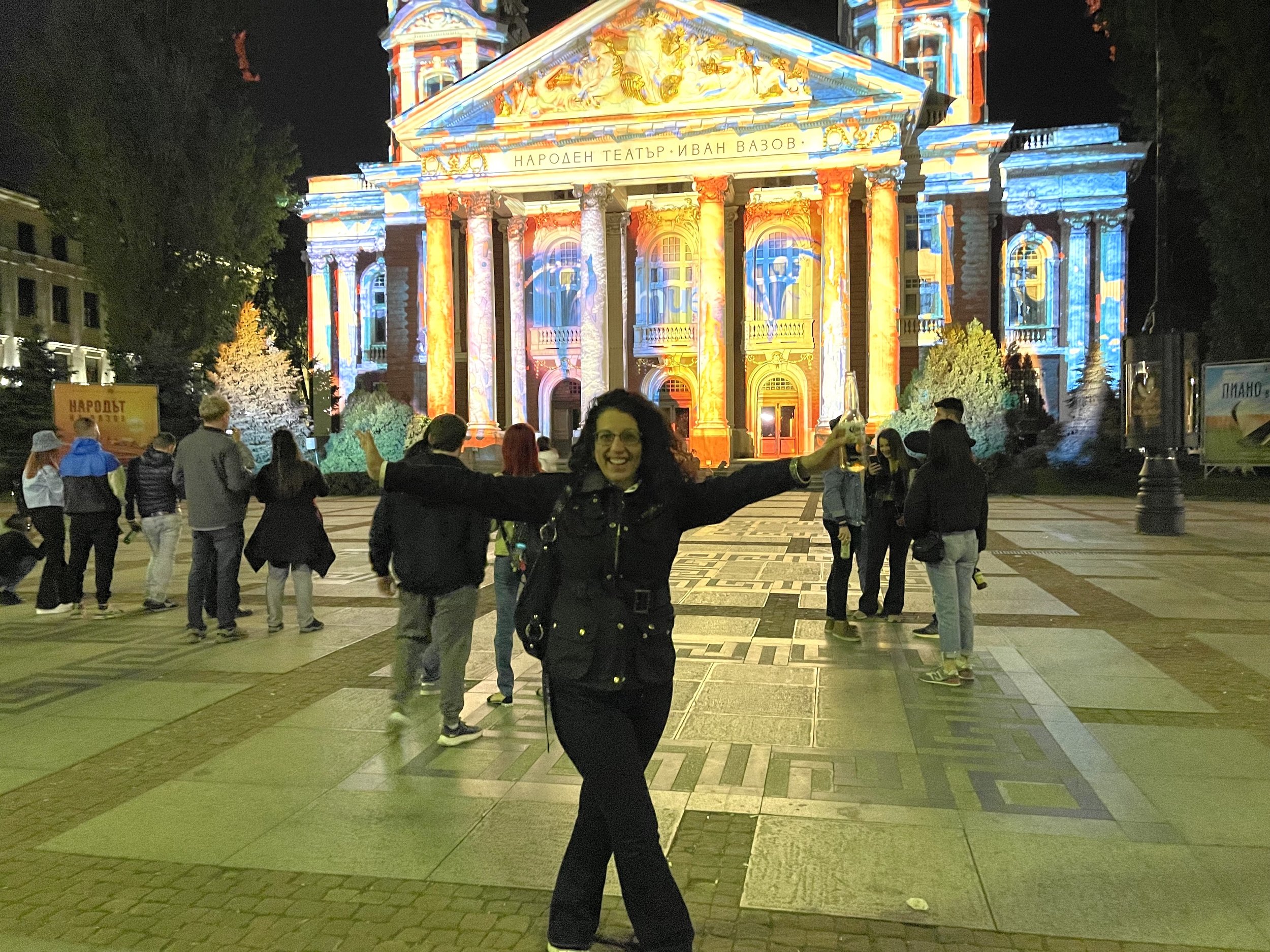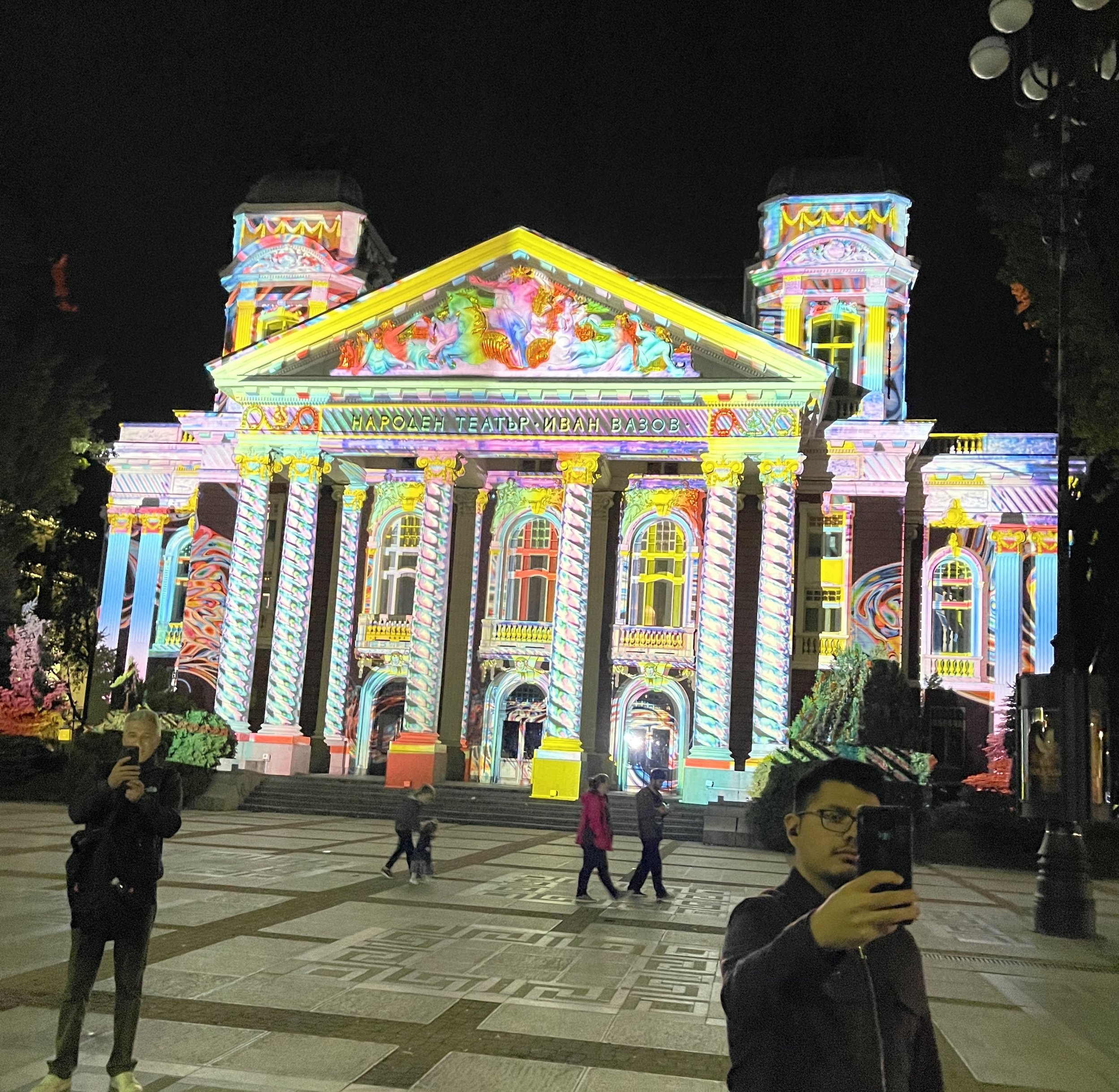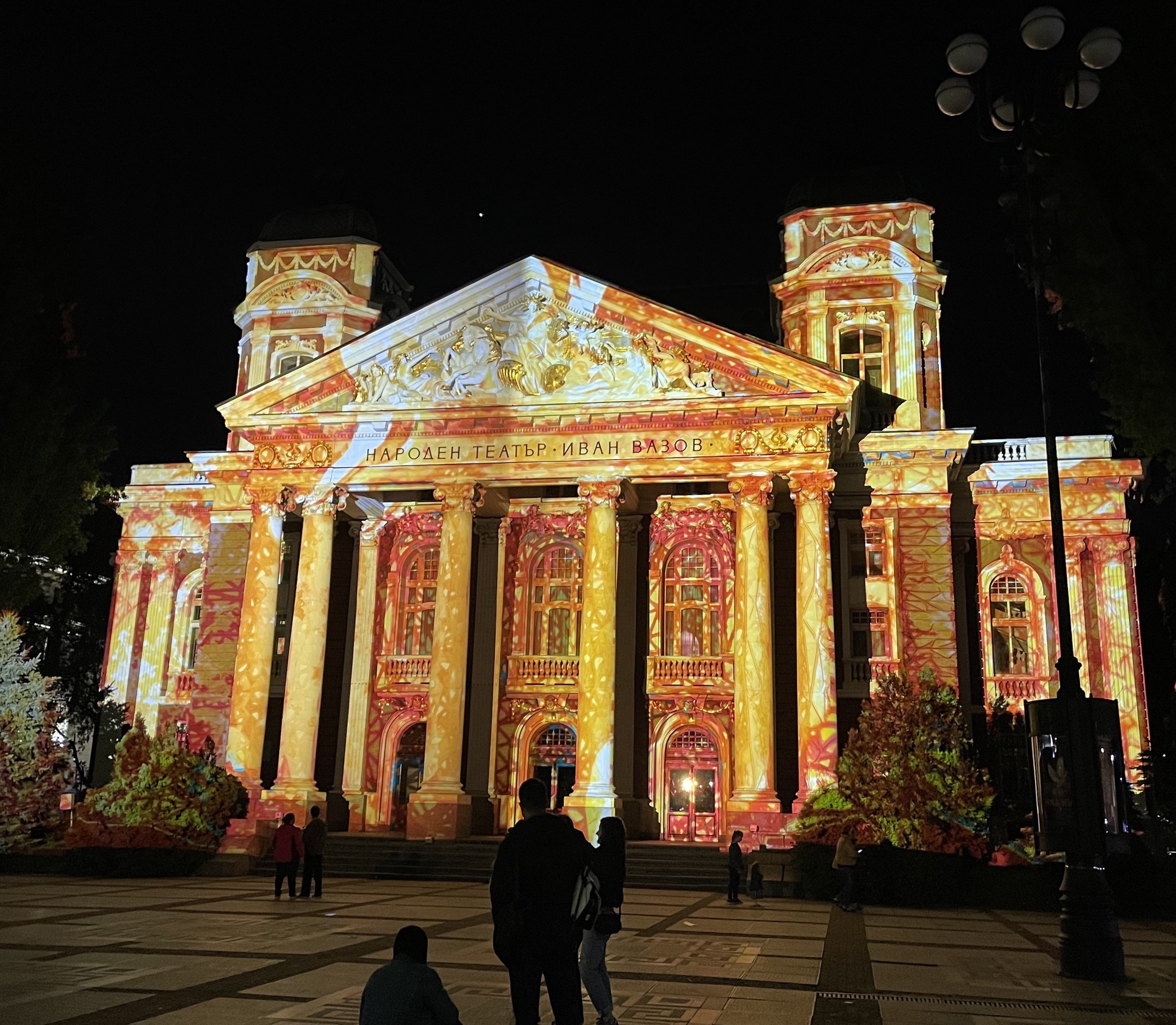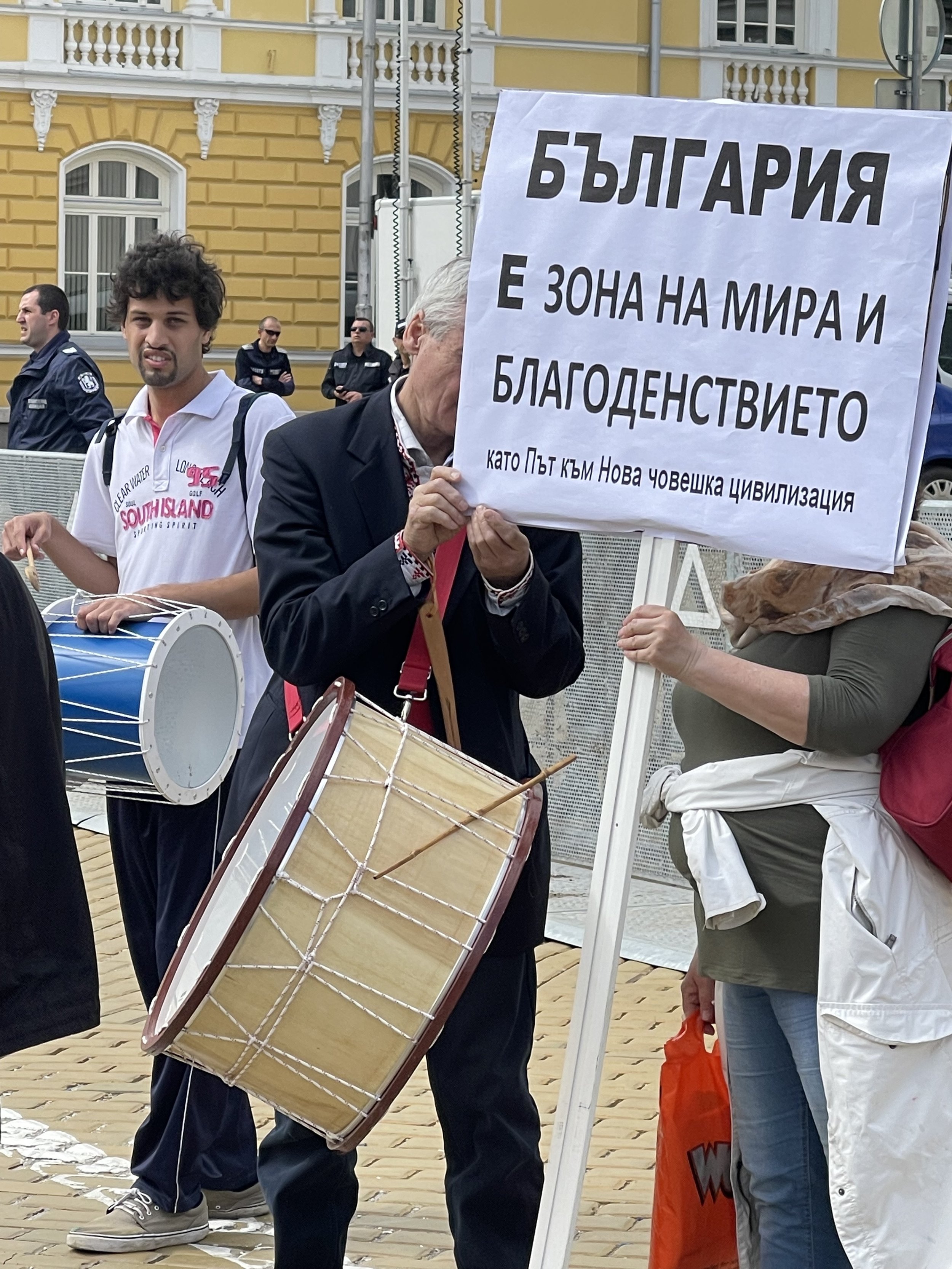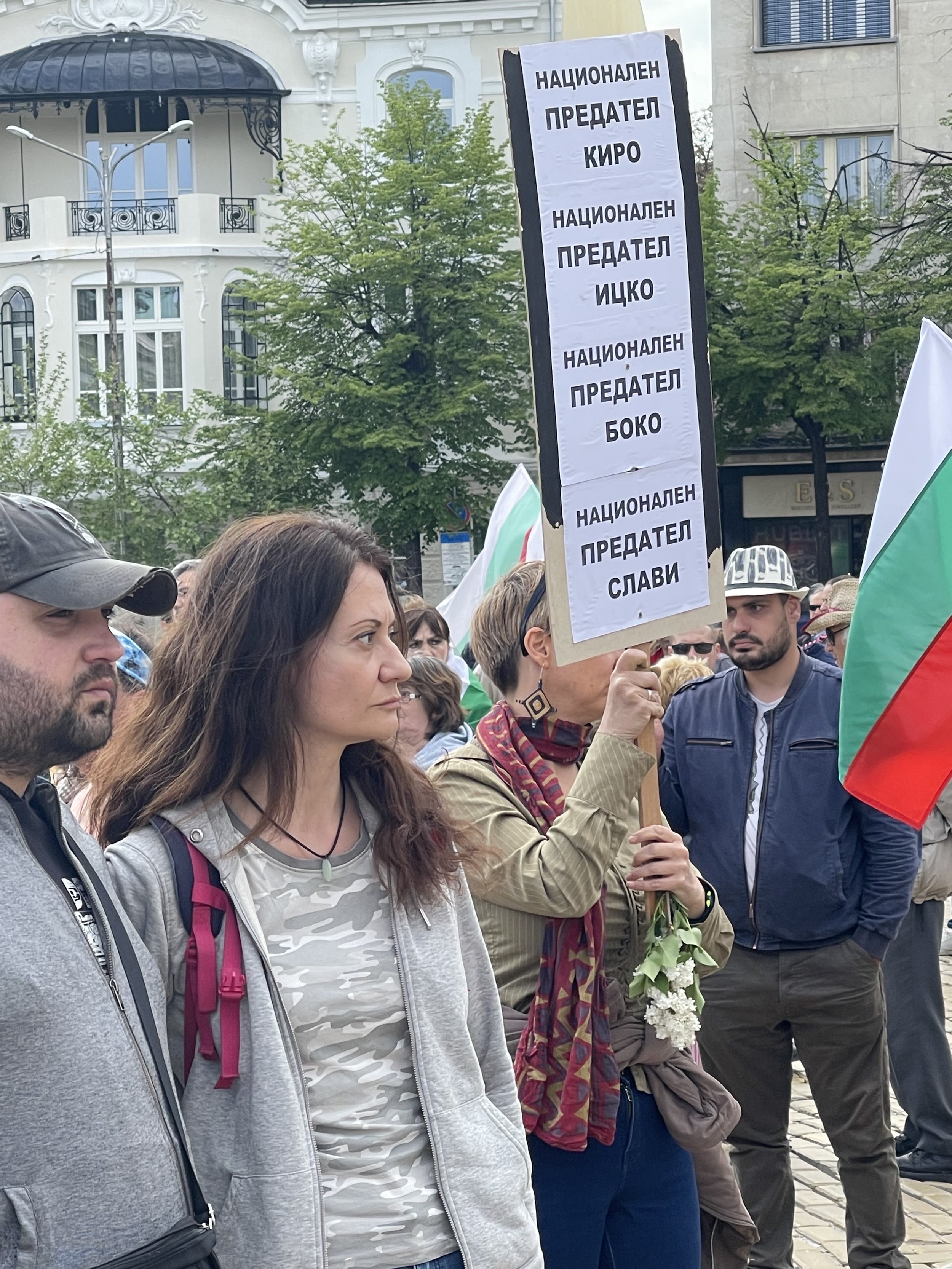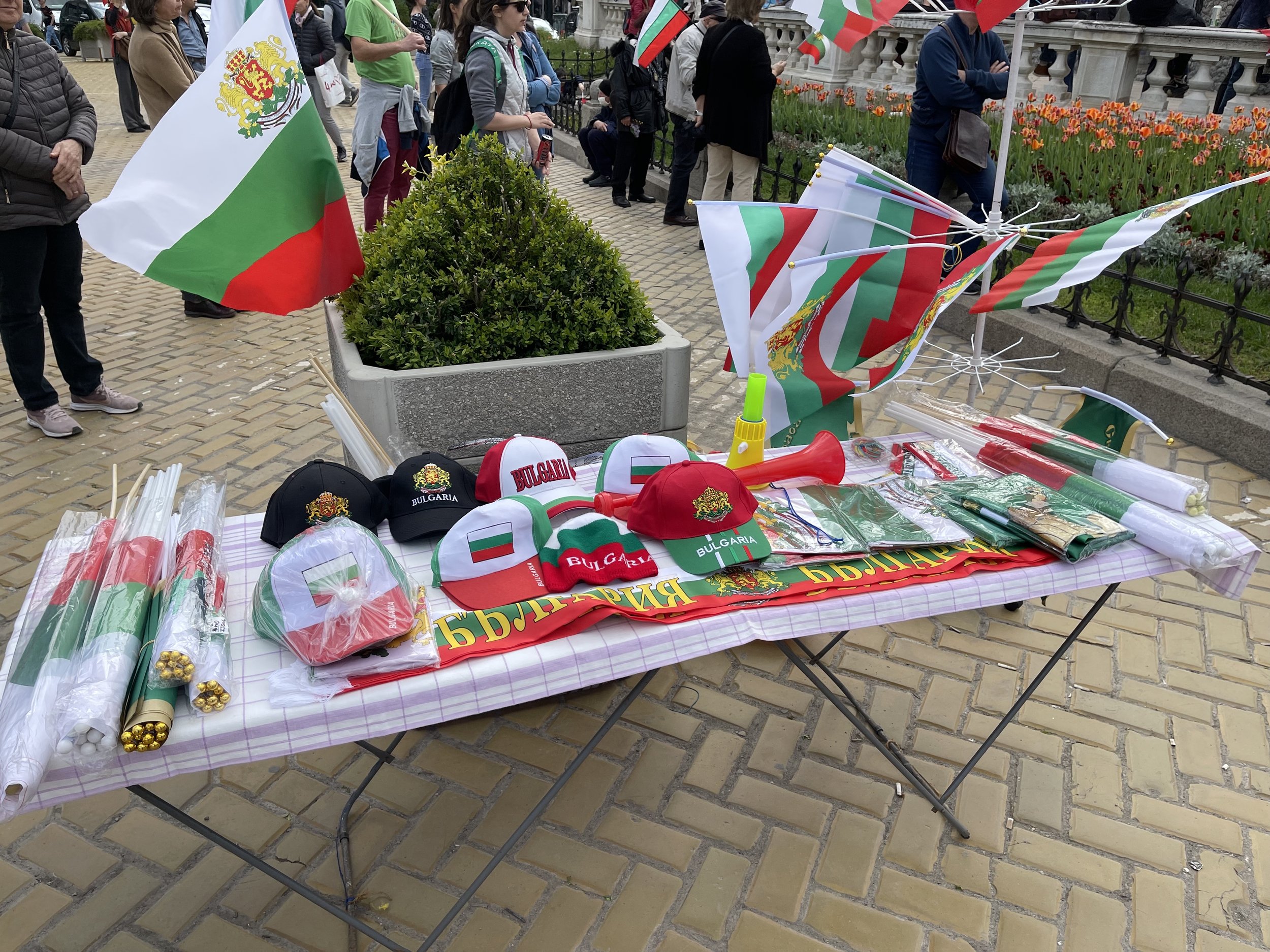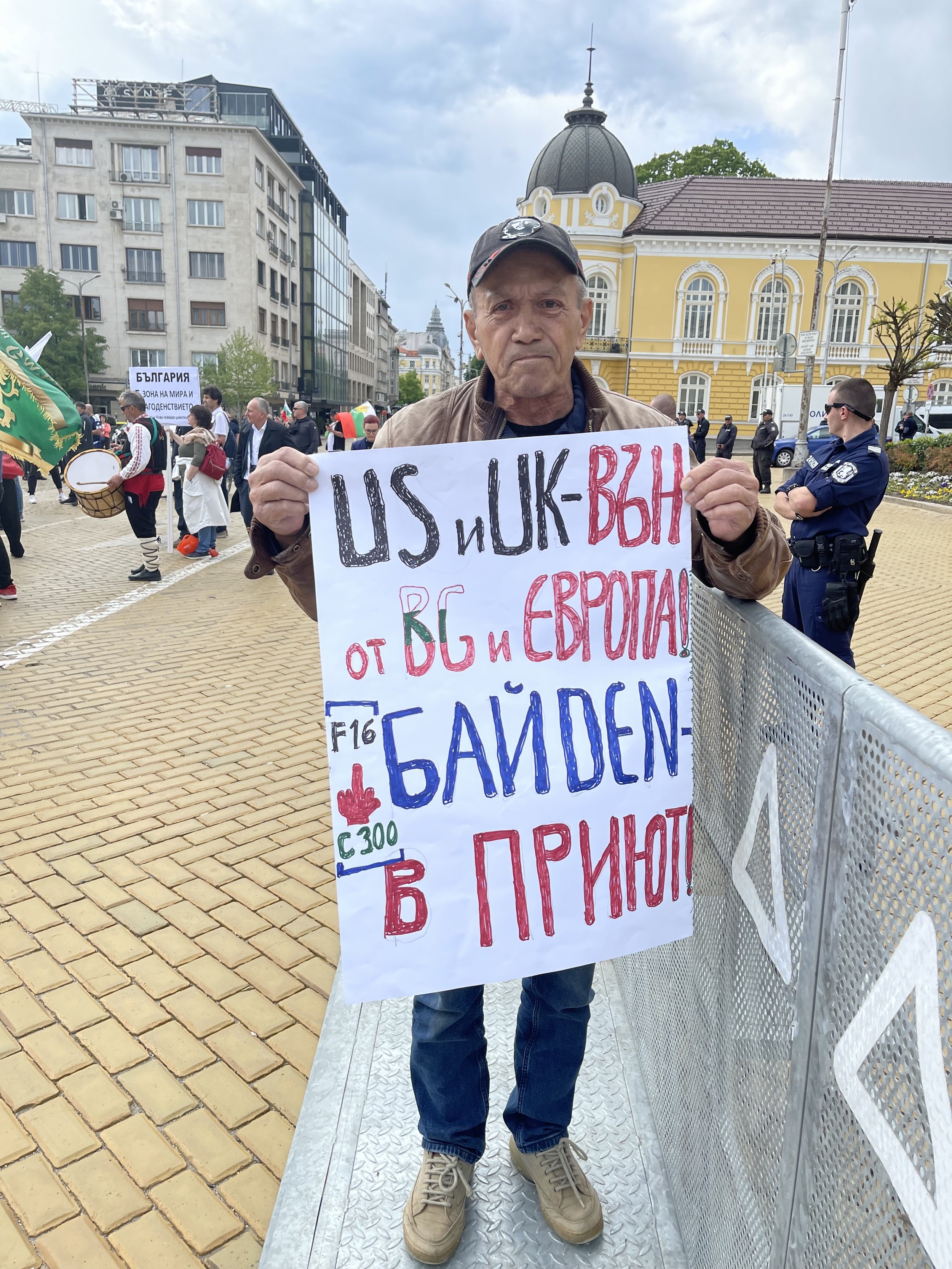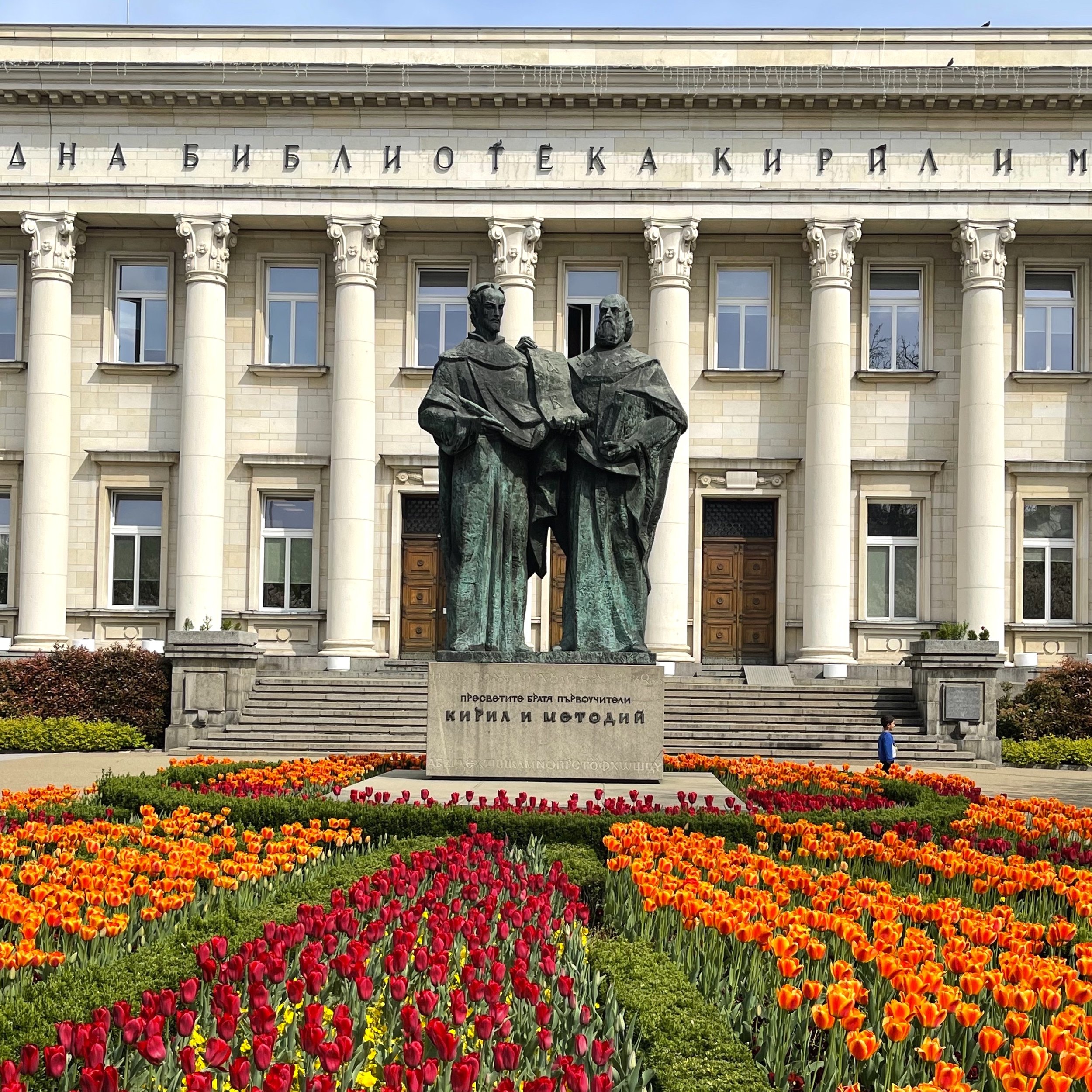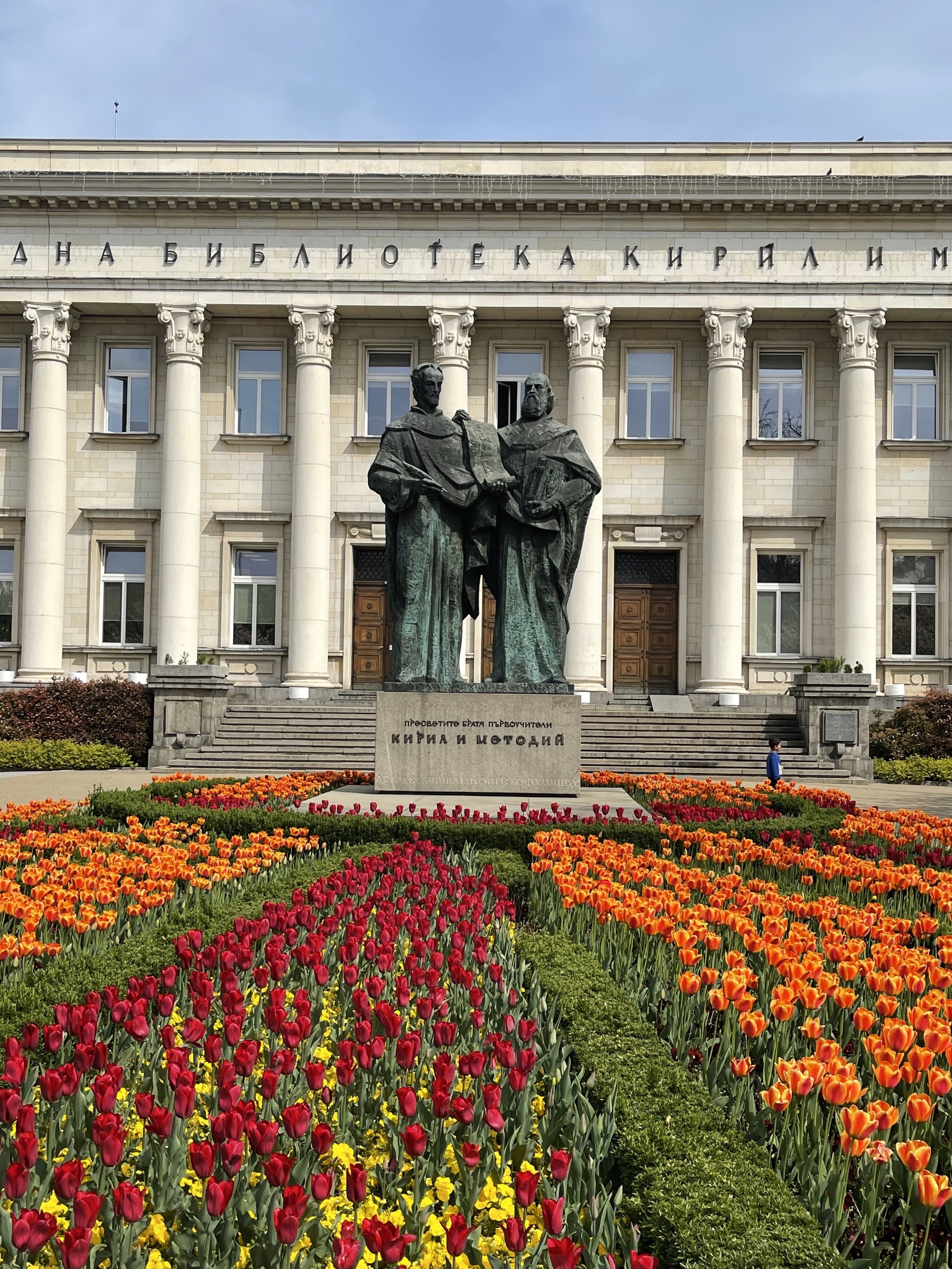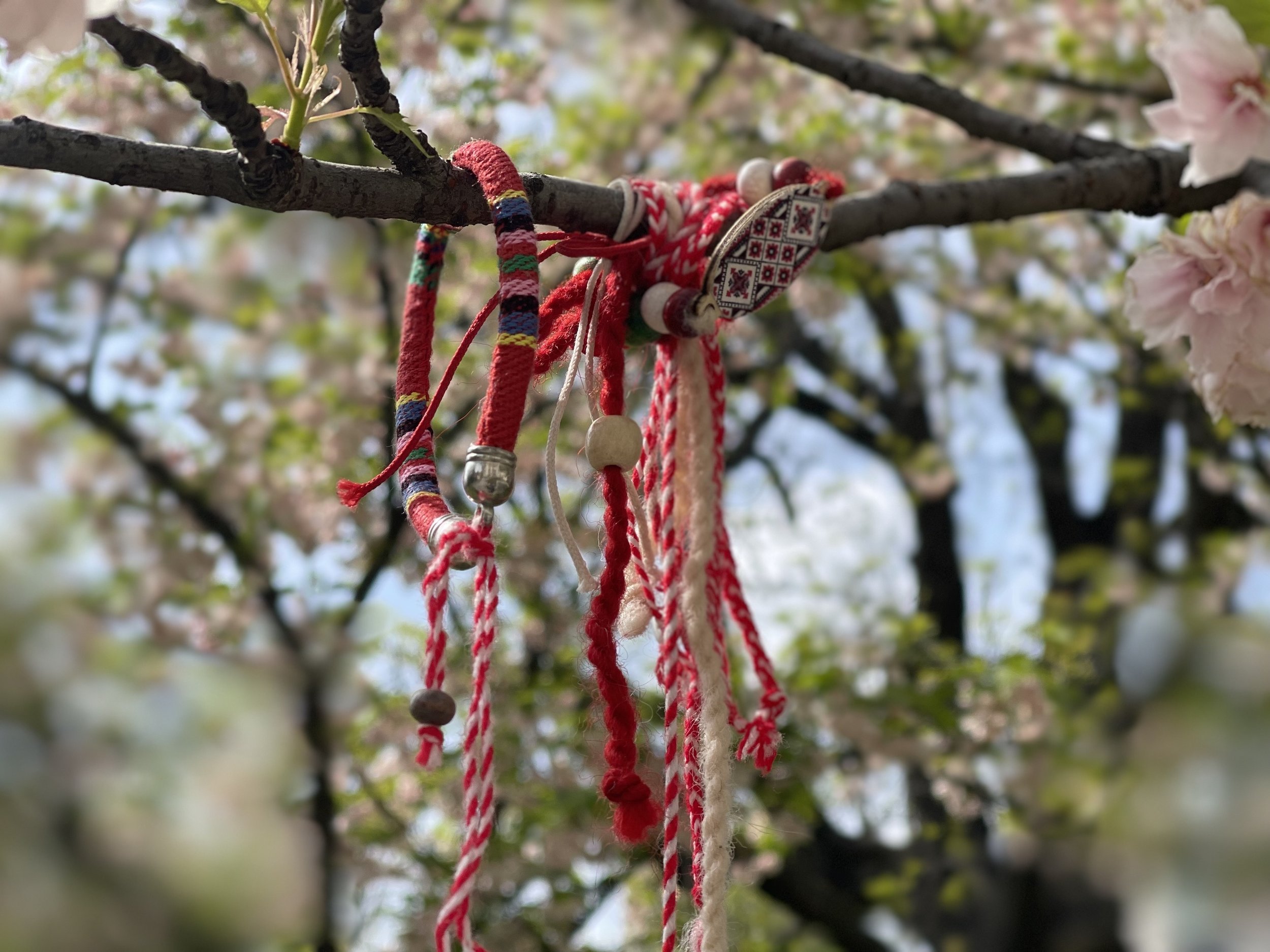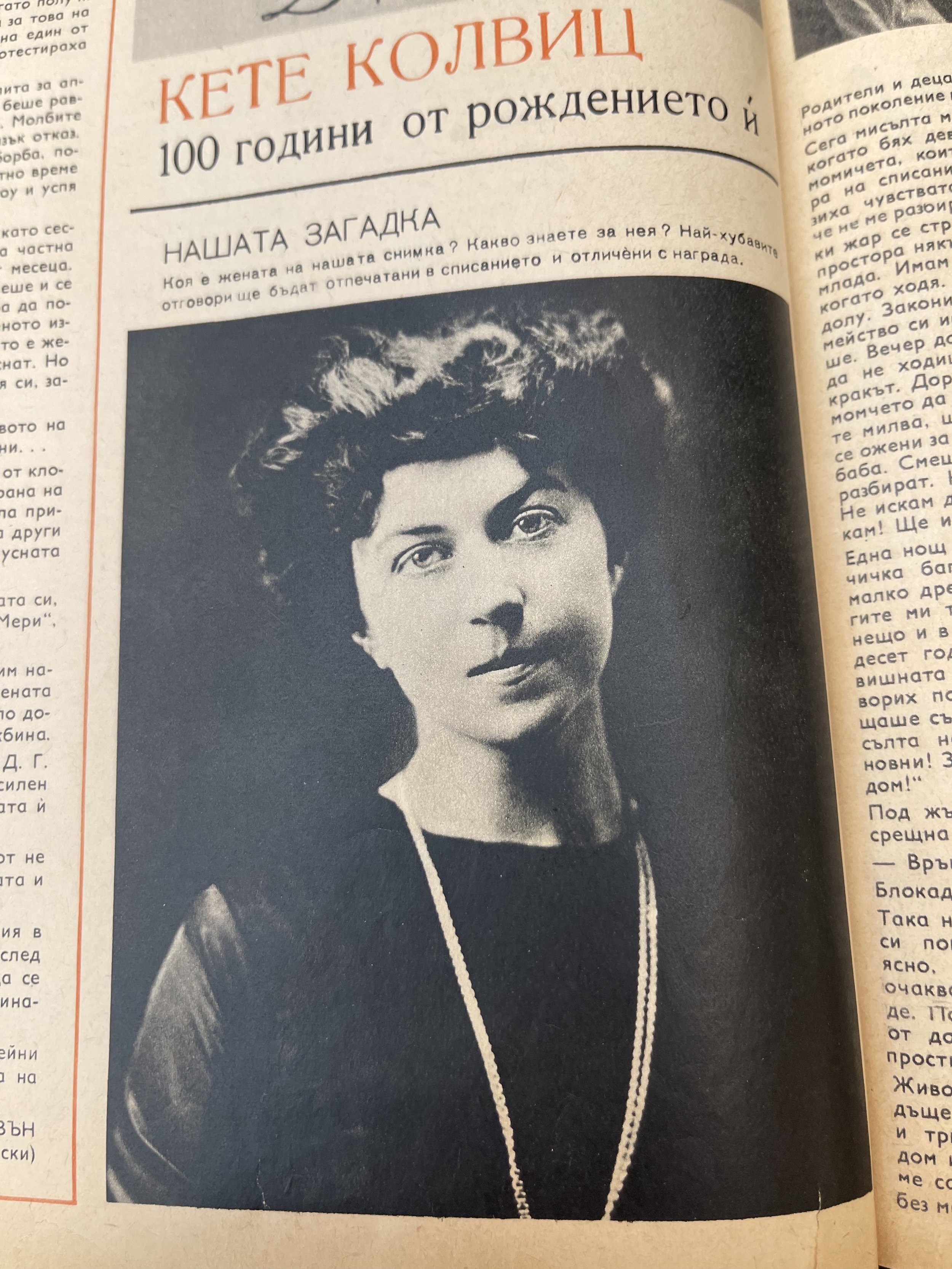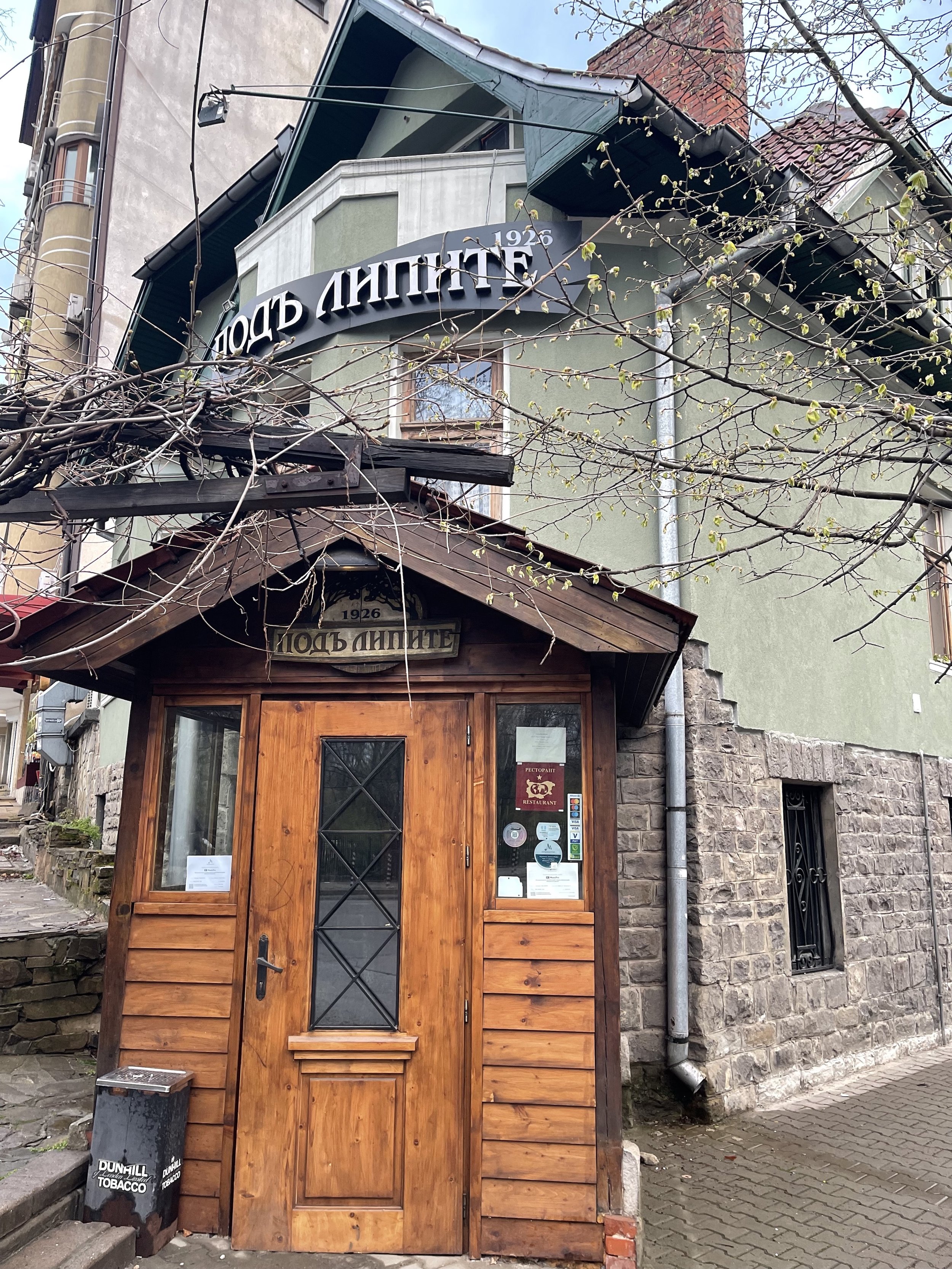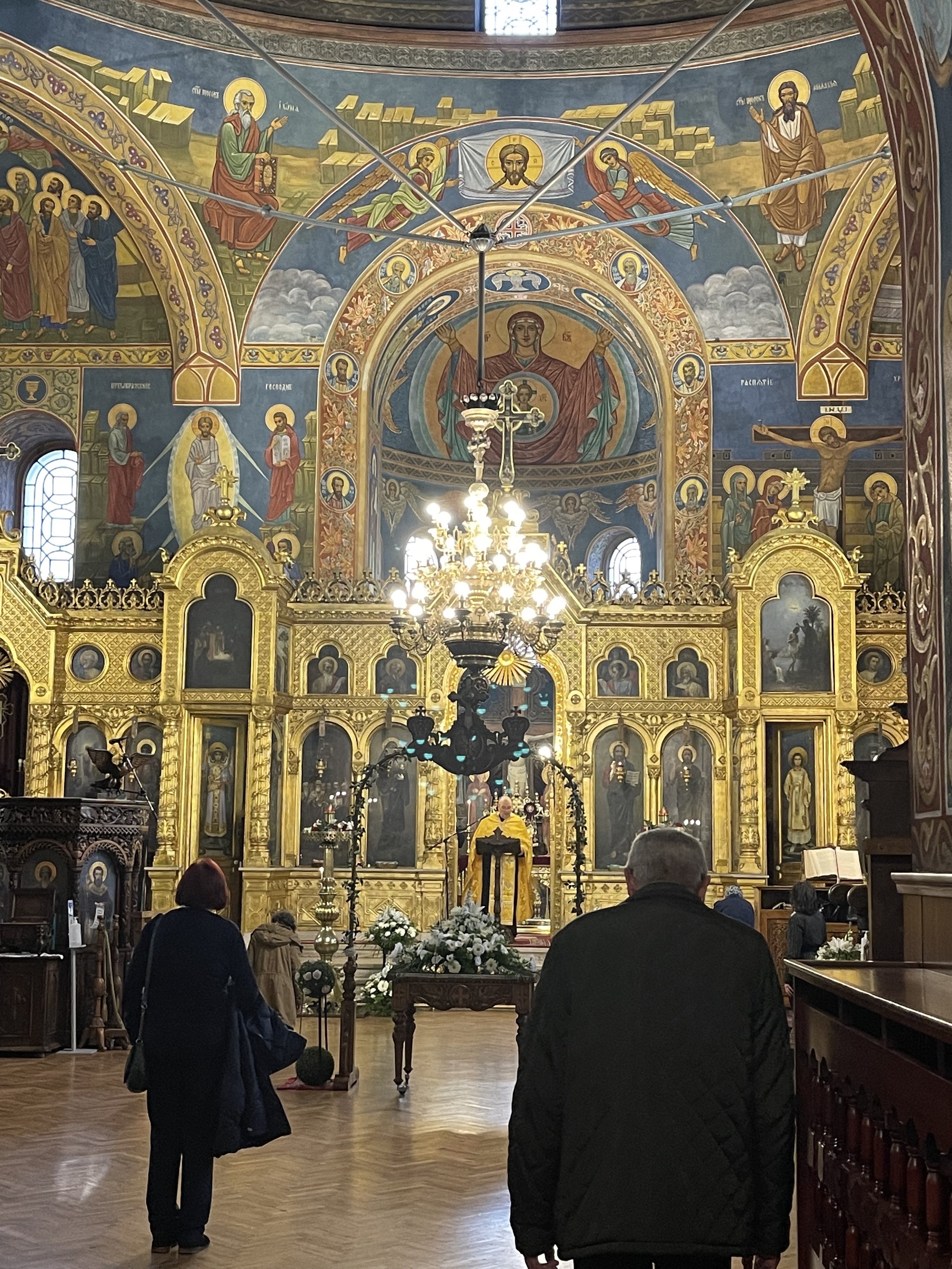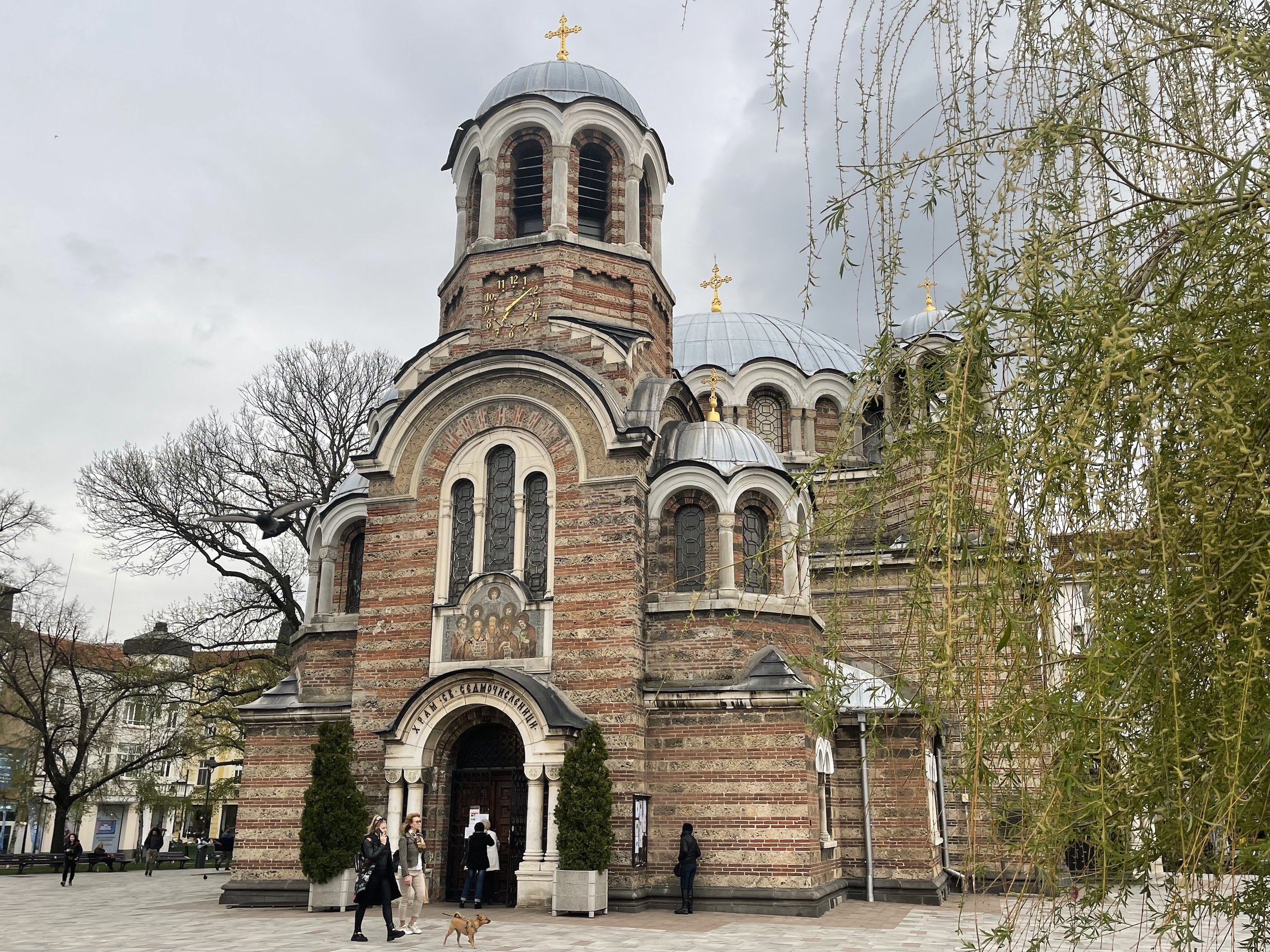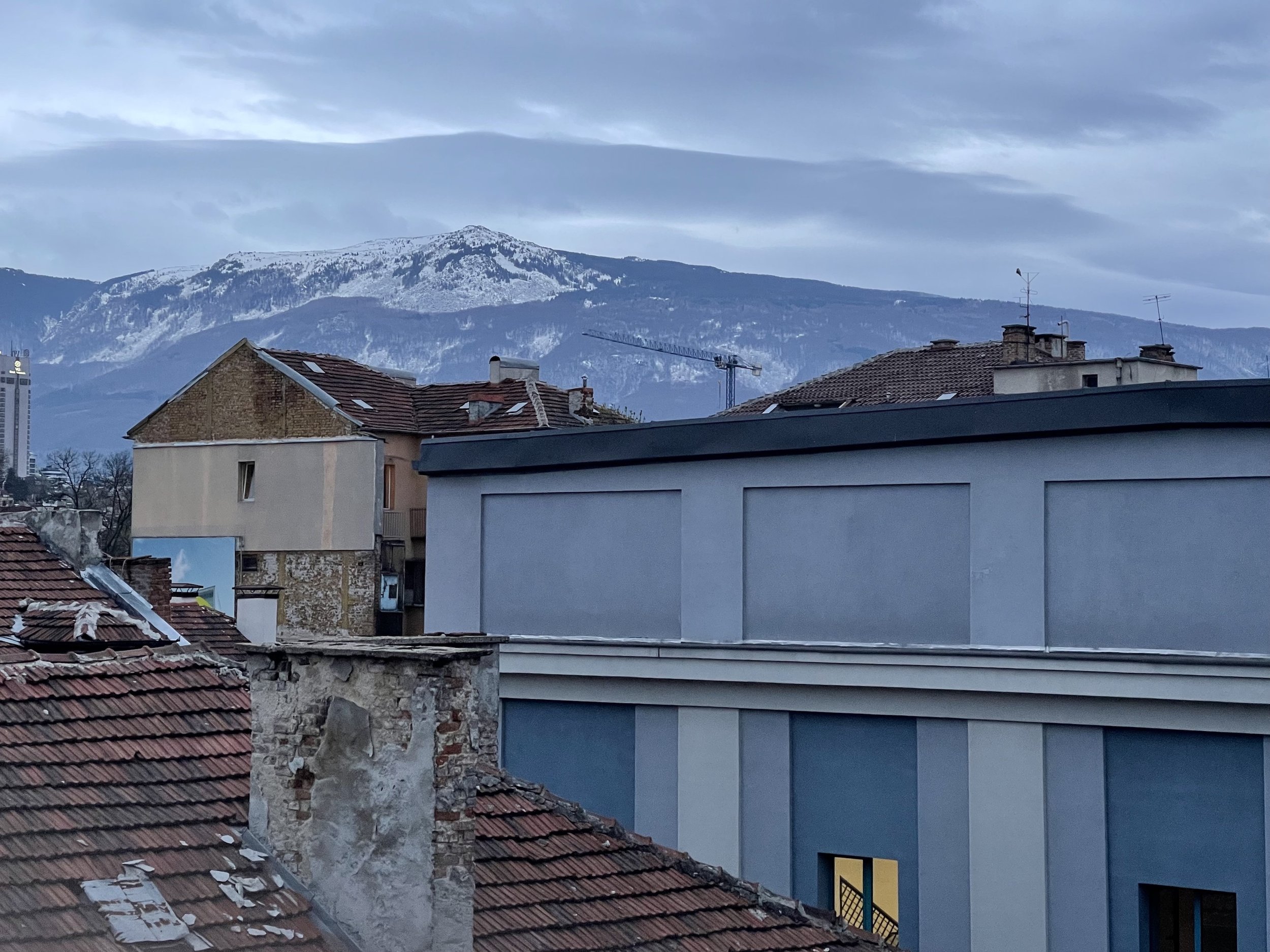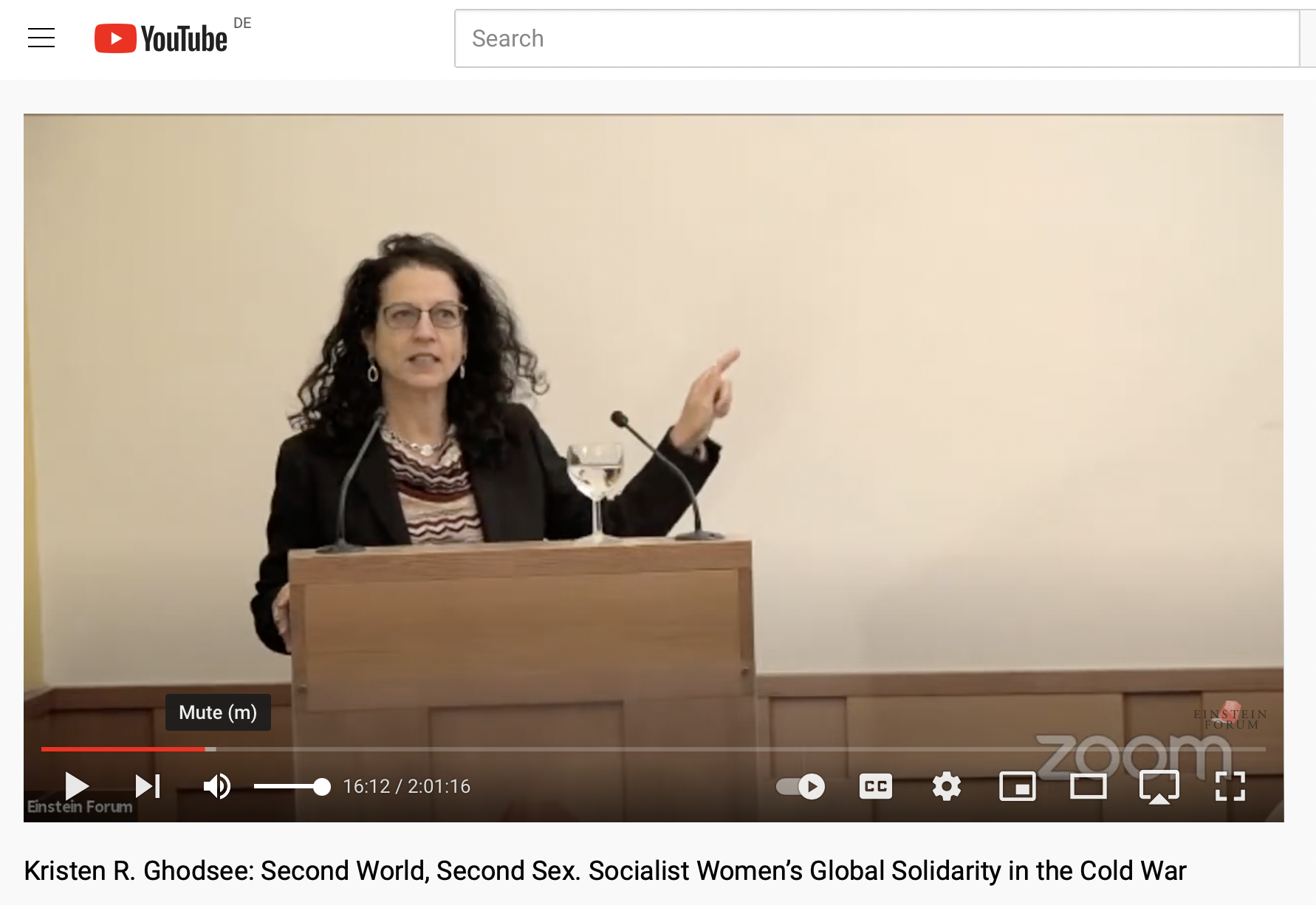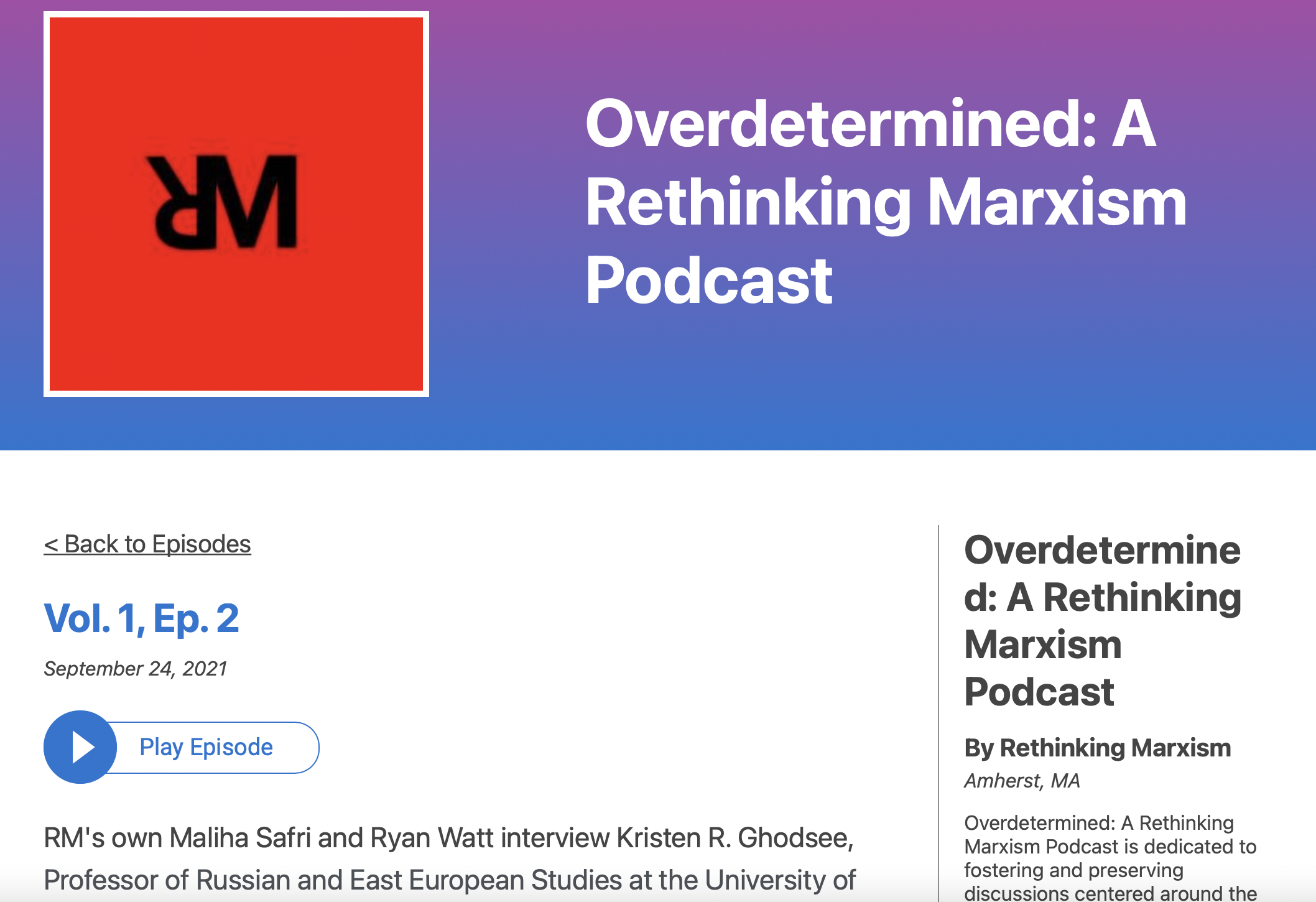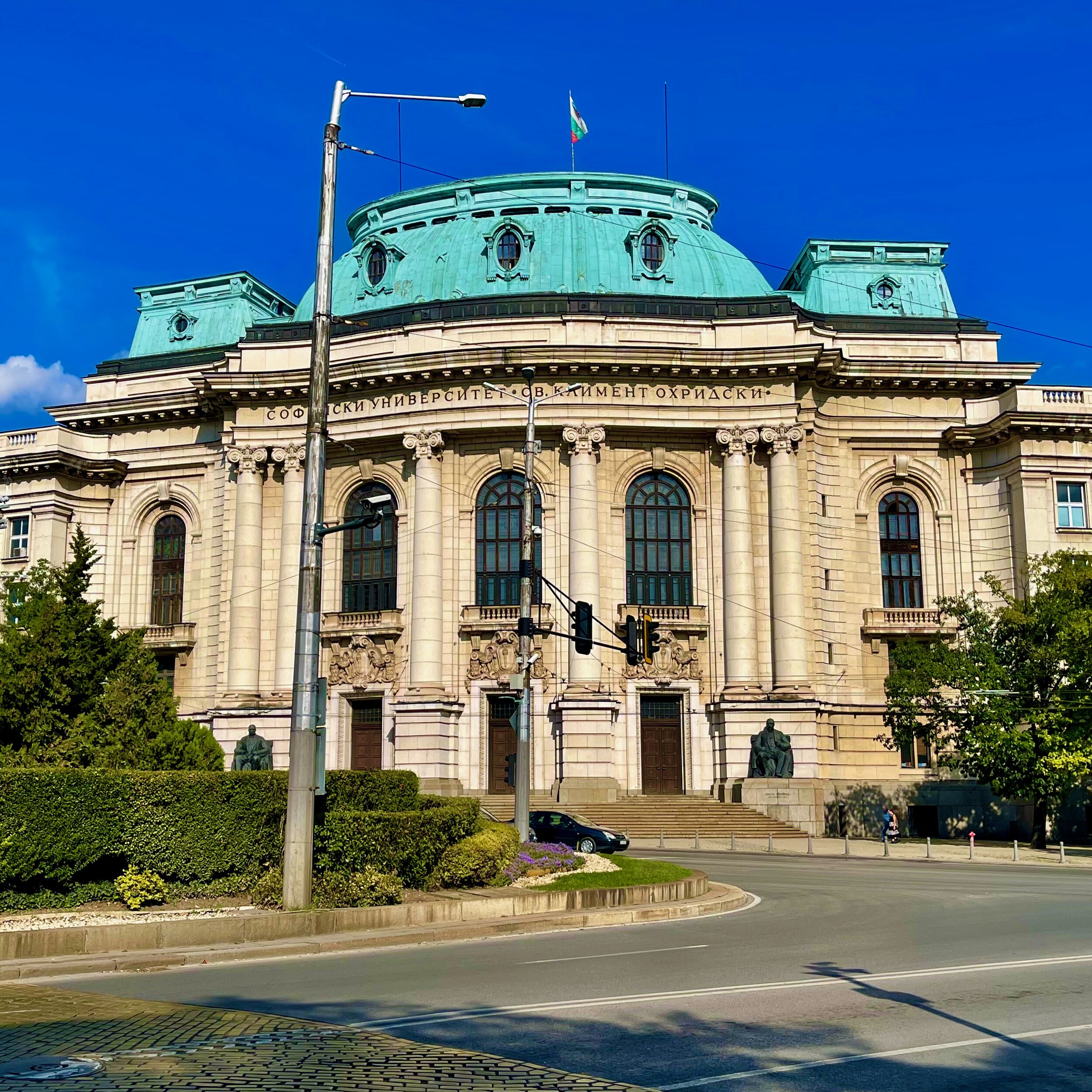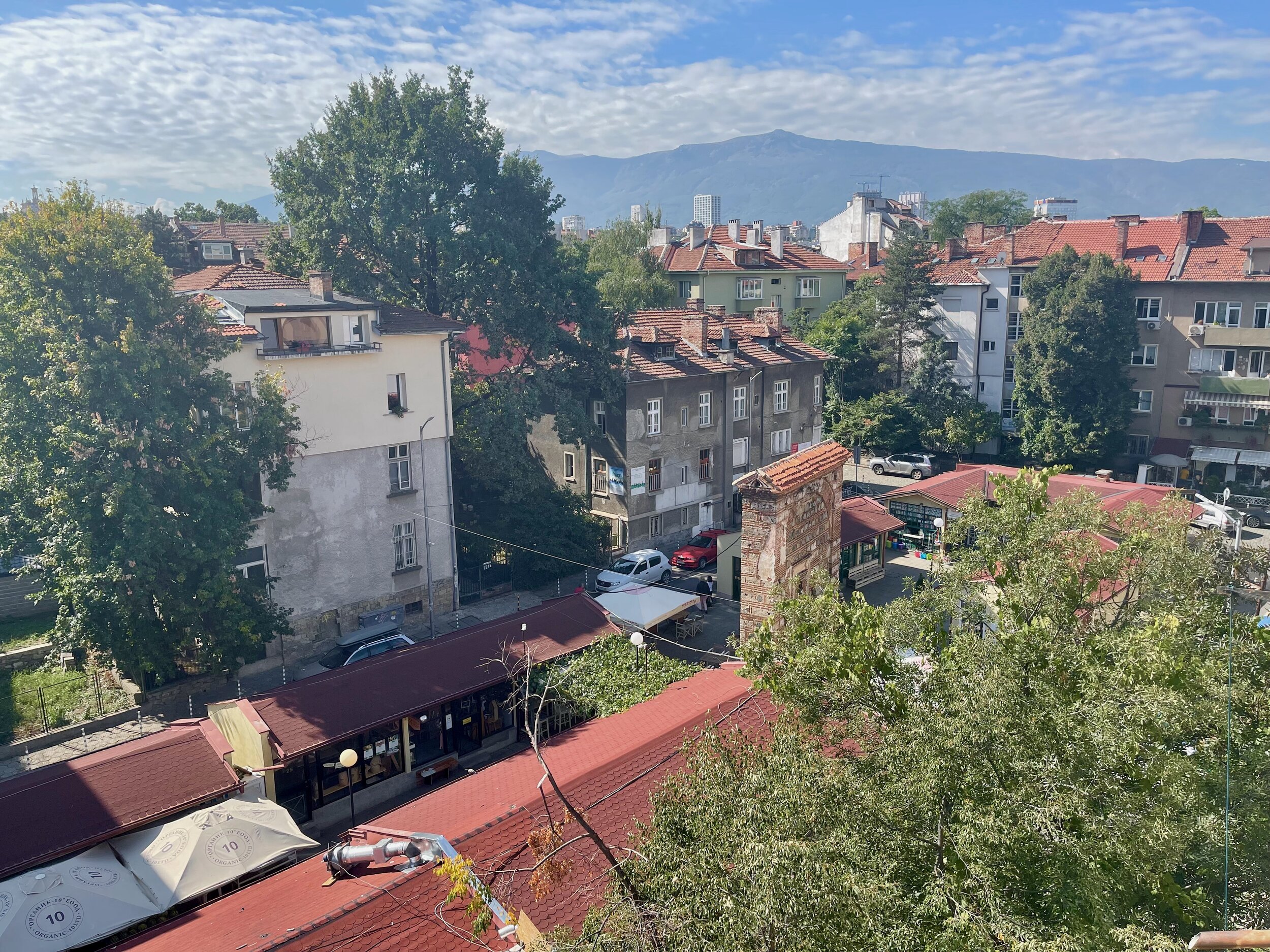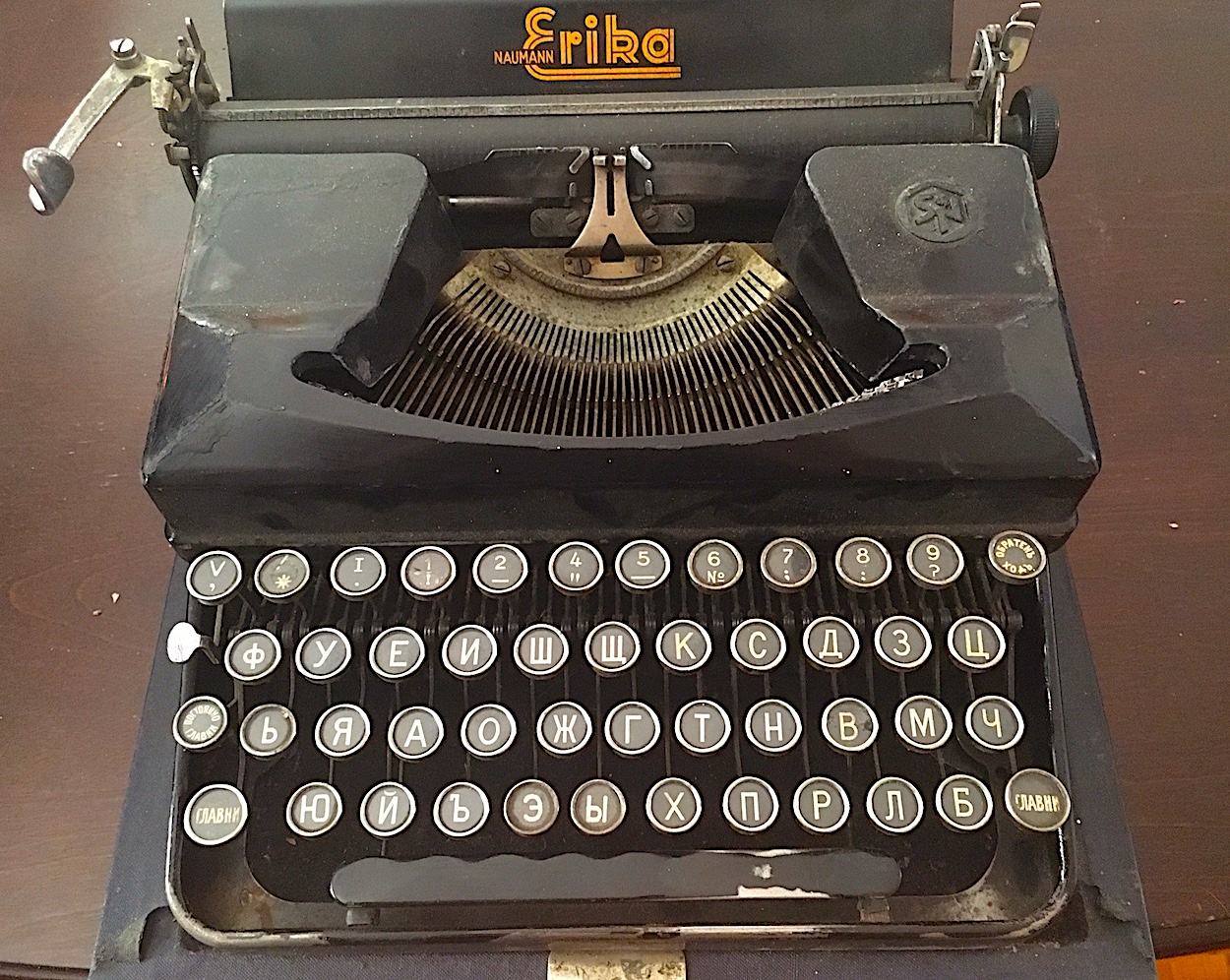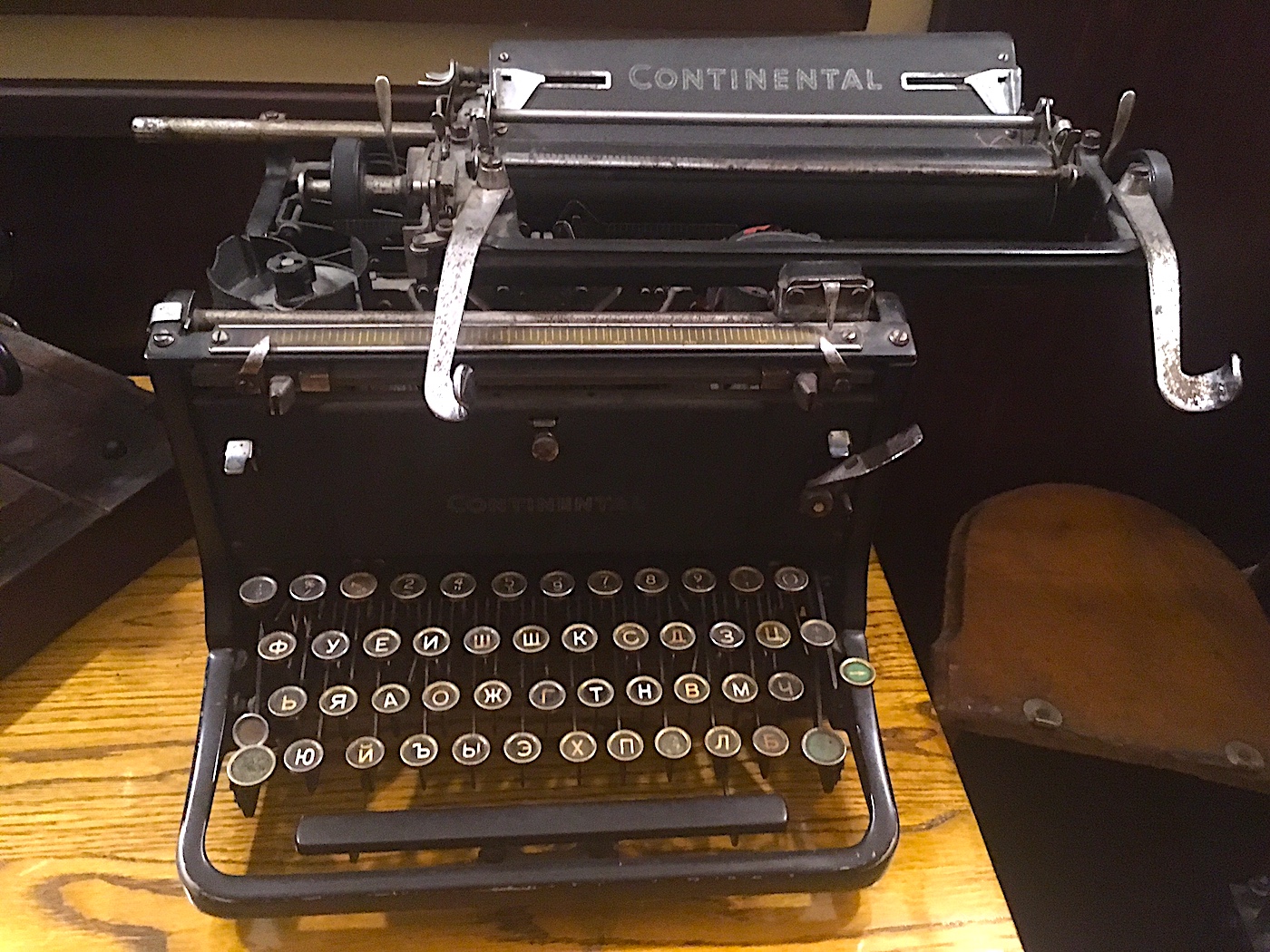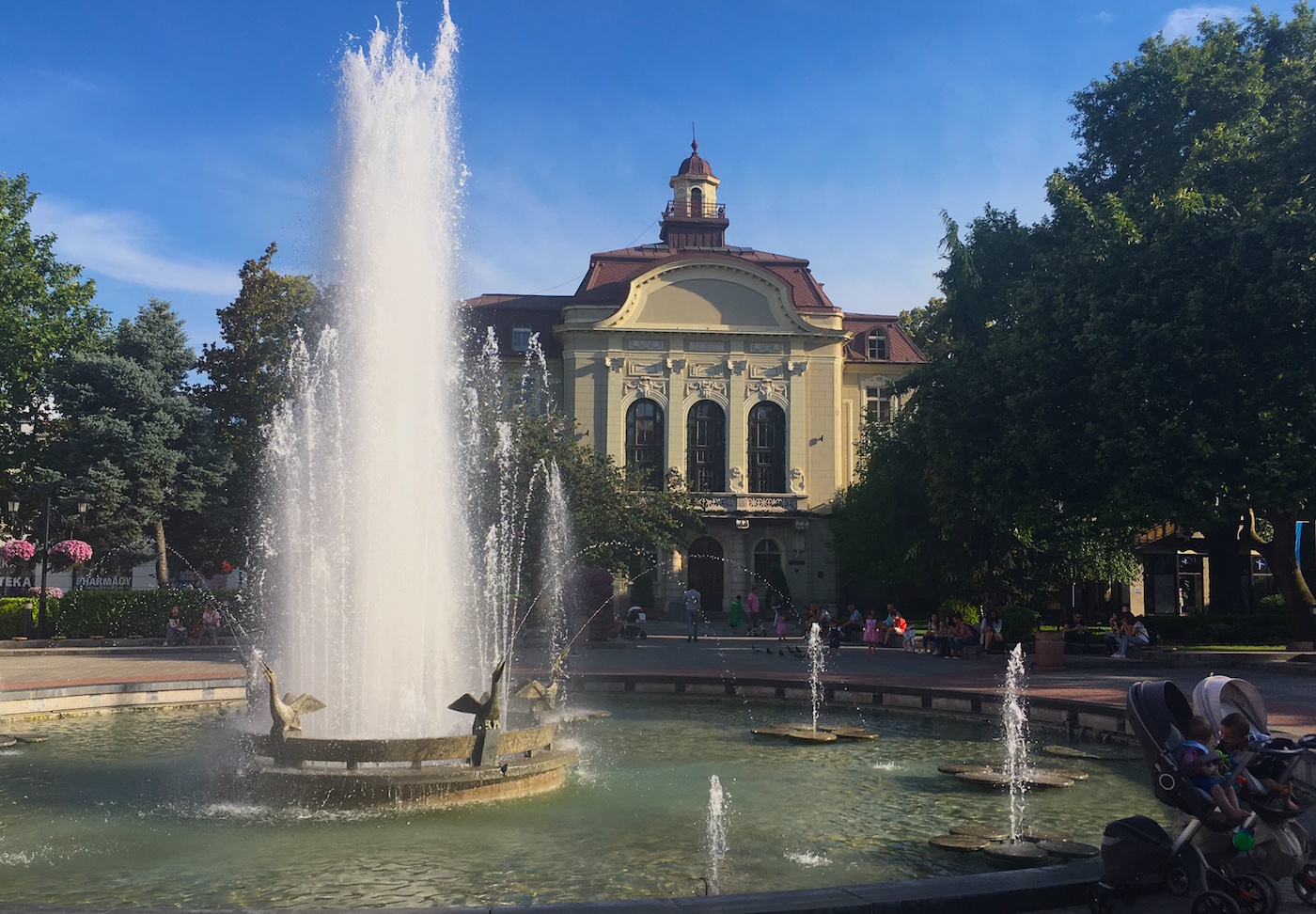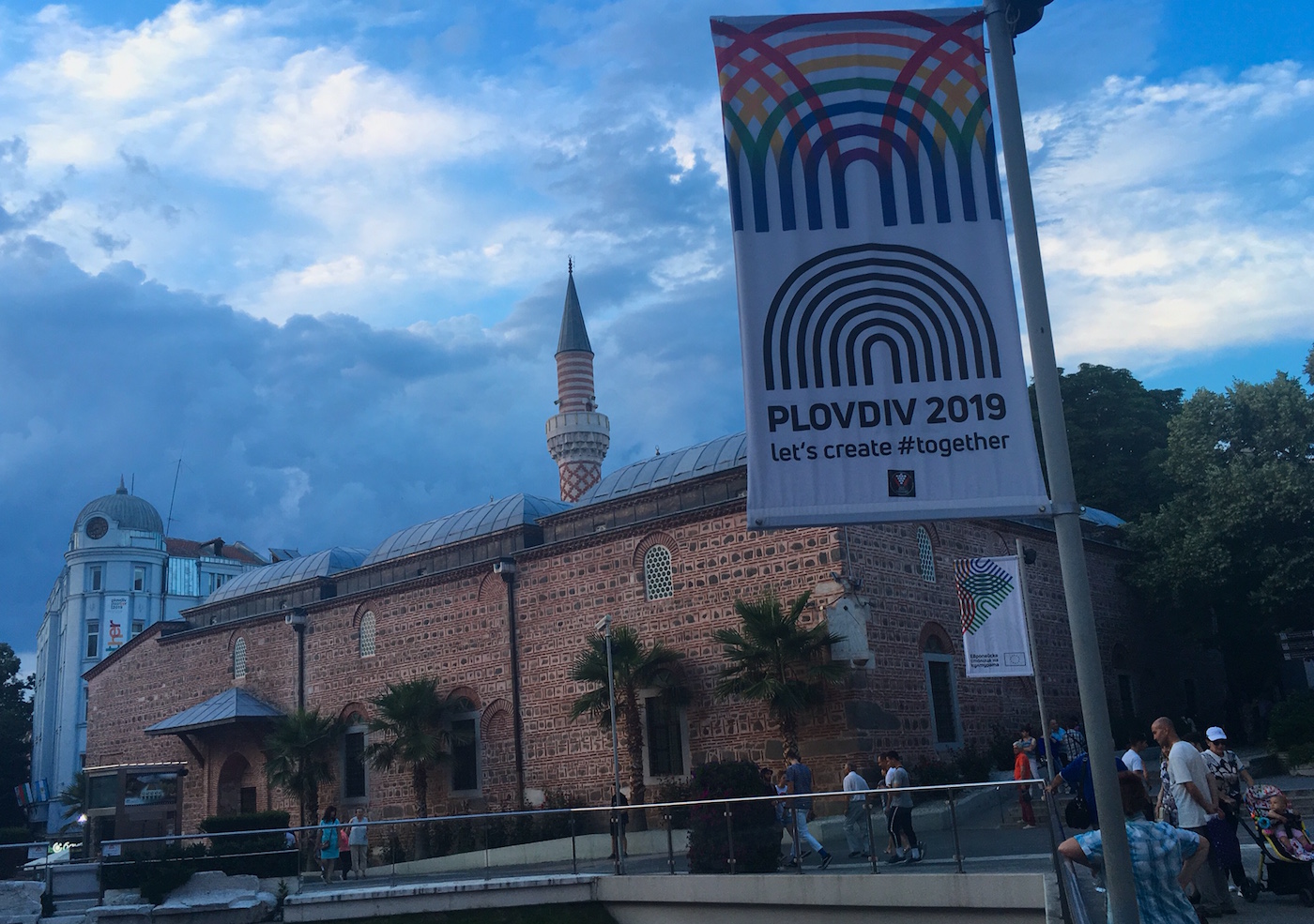War, what is it good for?
This International Workers’ Day finds me just one country removed from war. According to Google maps, if I were to drive from Durankulak in the northeast corner of Bulgaria on the Black Sea to Orlivka, a border town in the Odessa Oblast of Ukraine, it would take me 3 hours and 19 minutes. It’s only 218 kilometers through a small strip of coastal Romania. More than 200,000 Ukrainian refugees have flowed into Bulgaria so far, and about 100,000 have stayed, largely because they have family connections here. (The Bessarabian Bulgarians are a historical minority in Ukraine who fled Ottoman oppression and settled in what was then the Russian Empire in the late eighteenth and early nineteenth centuries, particularly during the Russo-Turkish wars of 1806-1812 and 1828-1829.)
This war has profoundly divided Bulgaria. The Prime Minister and the President openly disagree on whether the country should send weapons to Ukraine, and ordinary people argue about the increasing presence of foreign NATO troops in their country. The United States maintains four strategic military bases here: the Bezmer Air Force base in Yambol, the Graf Ignatiev Air Force base in Plovdiv, and the Logistics Center Airforce base in Aitos. The biggest NATO staging ground is the Novo Selo Range Army Base near Sliven, and it would certainly be a key target if the war spilled over the borders of Ukraine…
Subscribe to read more
